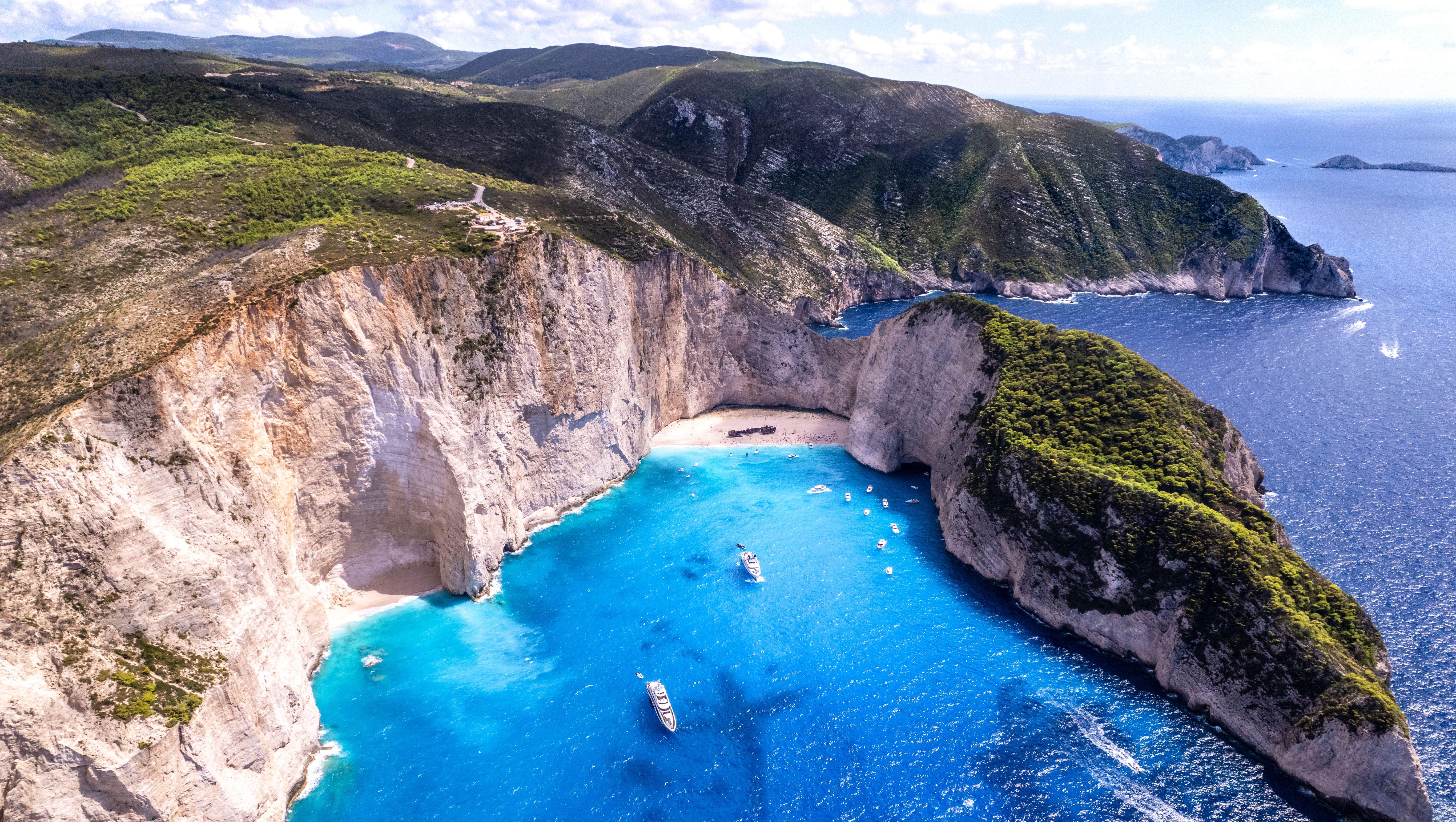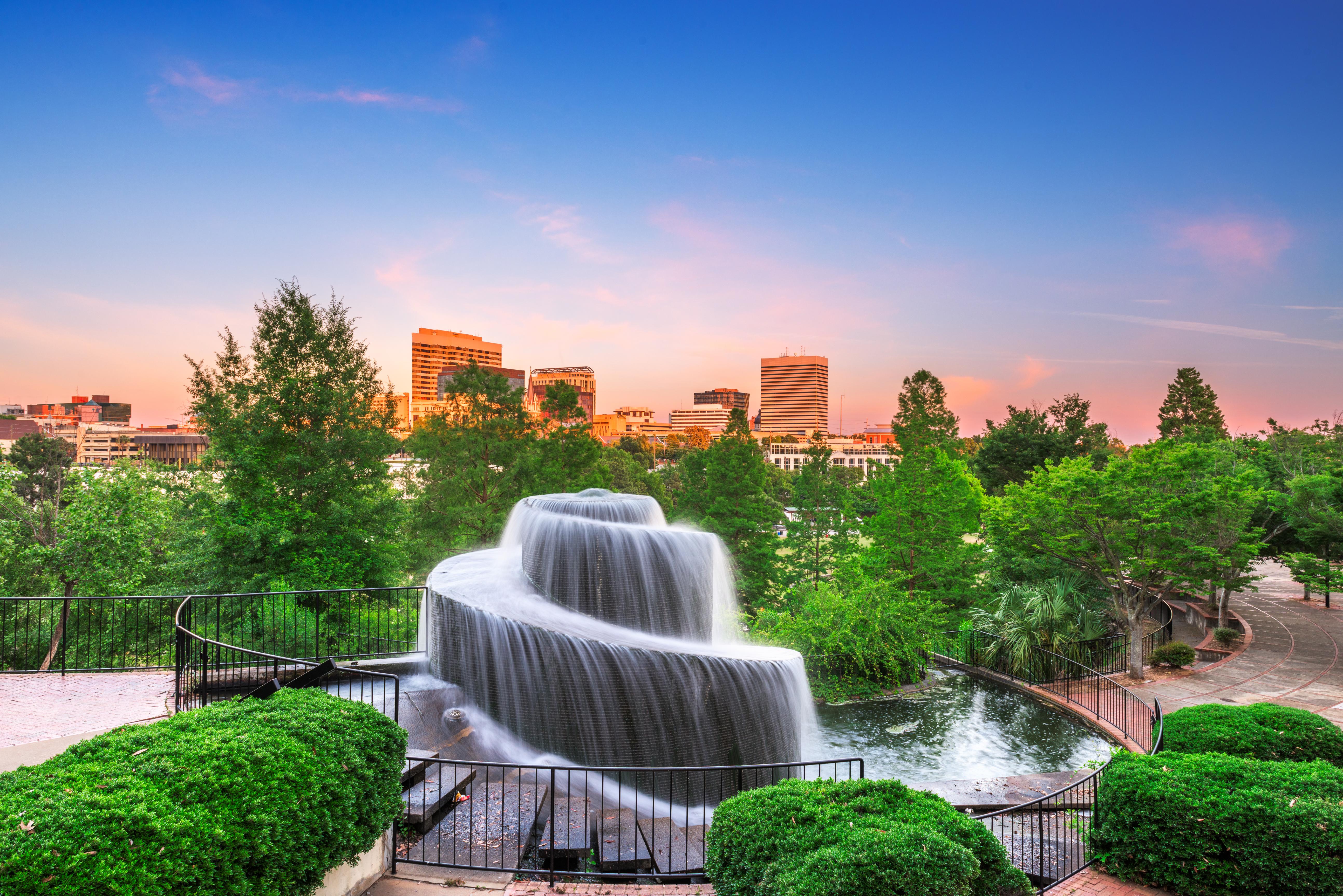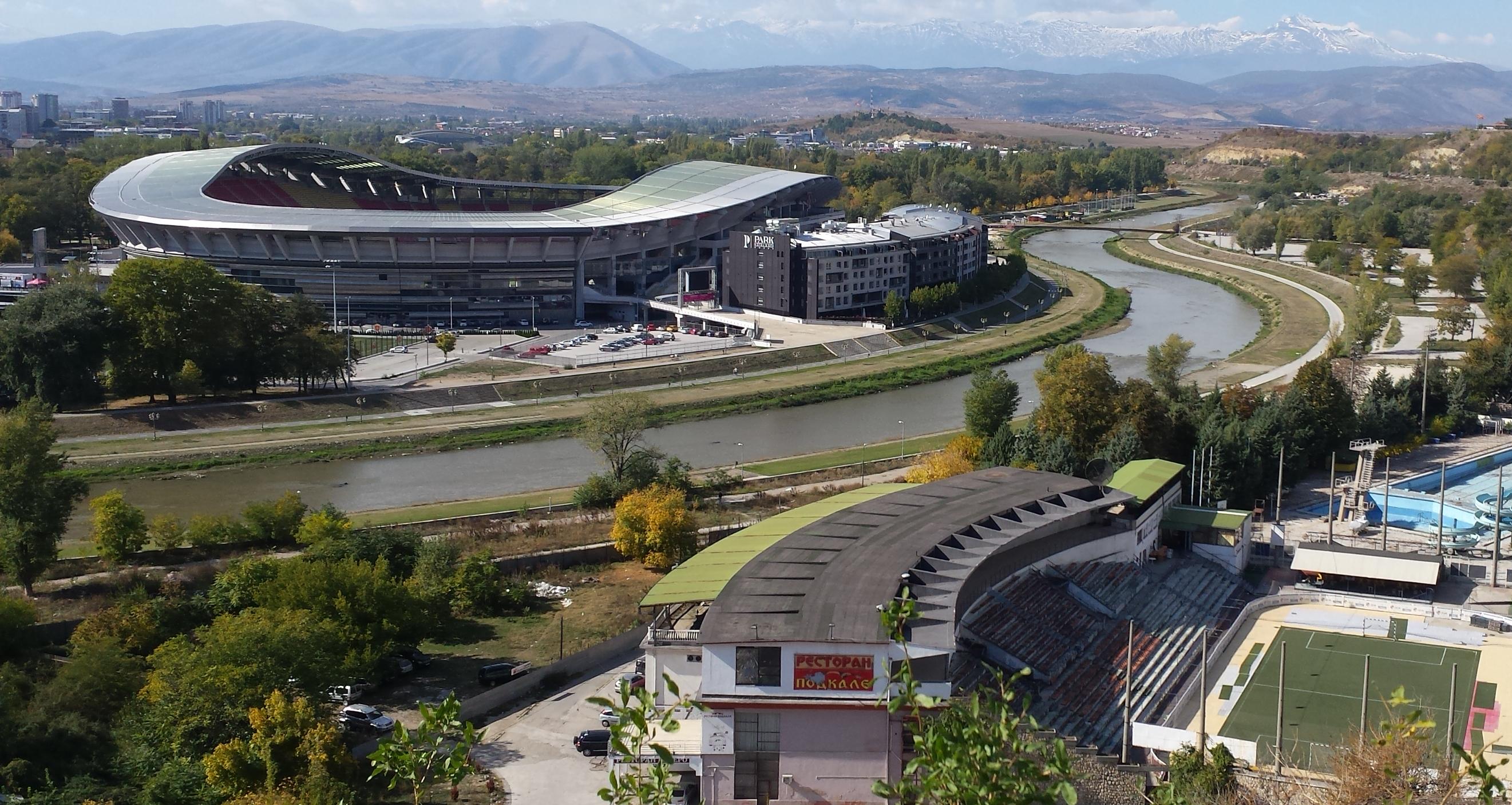31 Bucket List National Parks That Are Surprisingly Underrated
Everyone knows Yellowstone and Yosemite—but what about the parks that don’t make the postcards? The ones where nature doesn’t shout, but whispers—wild, unfiltered, and quietly unforgettable. Beyond the packed trails and selfie hotspots lies a different kind of national park experience: raw, remote, and deeply personal. Think canyonlands where silence paints the walls, coastal inlets untouched by crowds, or ancient forests where you might not see another soul for miles. These aren’t just backups—they’re bucket list material in their own right. We’ve expanded our list to 31 Bucket List National Parks That Are Surprisingly Underrated—hidden gems that deliver the awe without the overwhelm. If you’re ready to trade congestion for clarity and spectacle for serenity, these are the wild spaces that reward the curious. Because sometimes, the best national parks aren’t the most popular—they’re the ones that feel like they were waiting just for you.
1. North Cascades National Park

Nestled in the northern reaches of Washington State, North Cascades National Park is a haven for mountaineers and nature lovers alike. Often overshadowed by its more famous neighbors, this park boasts over 300 glaciers, making it one of the most glaciated areas in the contiguous United States. The rugged terrain is a testament to the power of nature, with jagged peaks and deep valleys carved by ancient ice flows. Visitors can explore numerous trails that wind through dense forests, alpine meadows, and alongside crystal-clear rivers. The park is also a biodiversity hotspot, home to a rich array of wildlife including black bears, mountain goats, and the elusive gray wolf. Birdwatchers will delight in spotting species such as the bald eagle and the peregrine falcon soaring above the park's towering peaks. For those seeking a more immersive experience, backcountry camping offers a chance to connect with nature in its purest form. As you traverse the park's varied landscapes, you'll gain a deeper appreciation for the delicate balance of ecosystems that thrive in this remote wilderness.
2. Congaree National Park

Located in South Carolina, Congaree National Park is a hidden gem that offers a unique glimpse into an ancient floodplain forest. Unlike any other park in the United States, Congaree is home to some of the tallest trees in the eastern U.S., with loblolly pines and bald cypresses reaching impressive heights. The park's diverse ecosystem is sustained by the periodic flooding of the Congaree River, which nourishes the rich soil and supports a wide variety of plant and animal life. Visitors can explore the park's lush landscapes via a network of boardwalks and trails that meander through the forest. Kayaking and canoeing are popular activities, allowing adventurers to navigate the park's waterways and experience the tranquility of the forest from a different perspective. Birdwatchers will find an abundance of species to observe, including the colorful prothonotary warbler and the majestic barred owl. Congaree's serene beauty and unique ecosystem make it a must-visit destination for nature enthusiasts seeking a peaceful, understated retreat.
3. Great Basin National Park
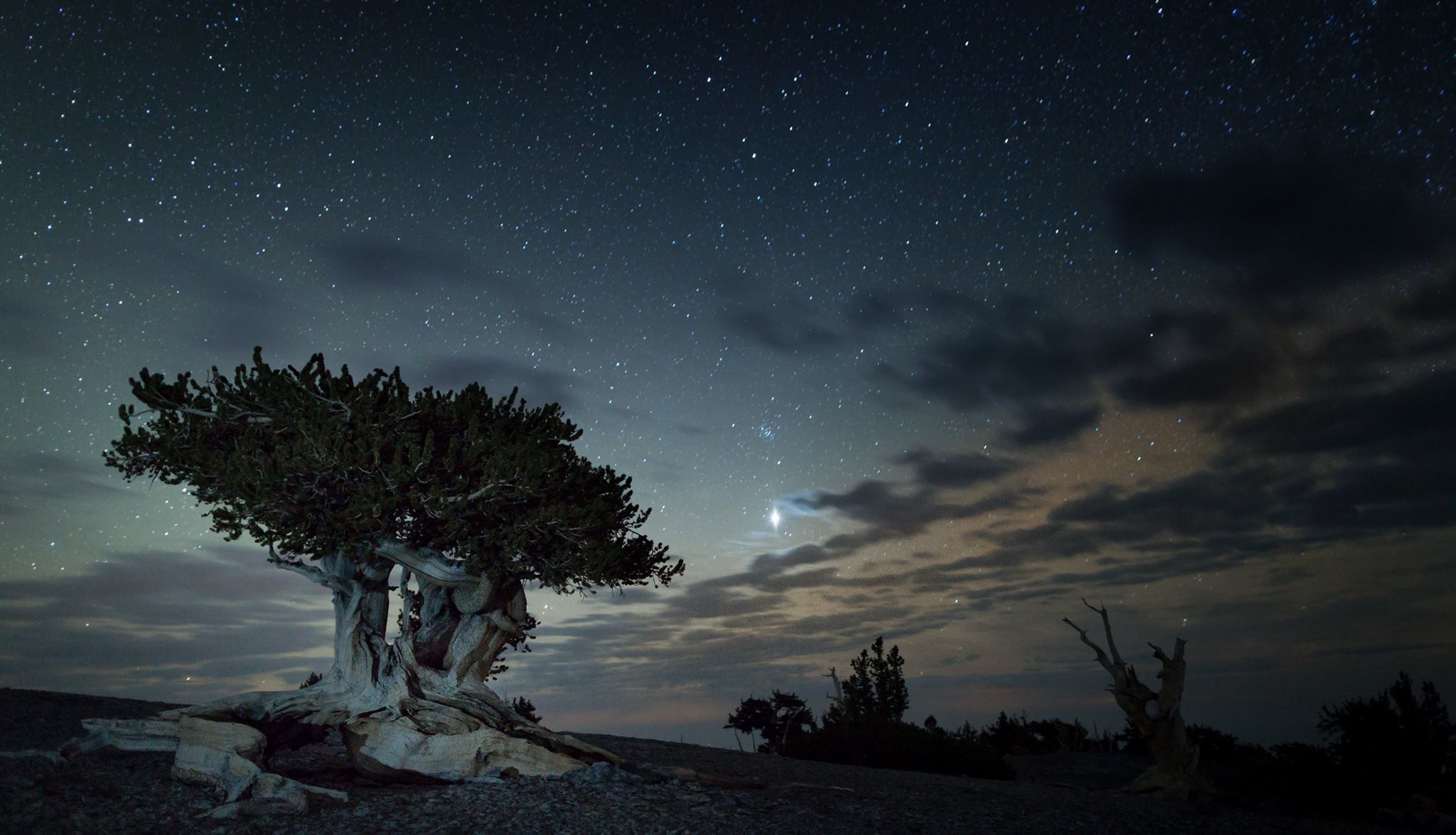
Tucked away in eastern Nevada, Great Basin National Park is a hidden treasure that offers a stark contrast to the bustling casinos of Las Vegas. Known for its dark skies and stunning stargazing opportunities, the park is a haven for astronomers and night sky enthusiasts. The lack of light pollution allows for unparalleled views of the Milky Way, and the park hosts regular astronomy programs and events for visitors to learn more about the cosmos. During the day, the park's diverse landscapes beckon explorers with opportunities for hiking, caving, and wildlife watching. The ancient Bristlecone Pines—some of which are over 4,000 years old—stand as silent witnesses to the passage of time. The Lehman Caves, with their intricate formations, offer a glimpse into the subterranean wonders that lie beneath the park's surface. Whether you're gazing at the stars or exploring the park's rugged terrain, Great Basin National Park promises an unforgettable adventure.
4. Isle Royale National Park

Accessible only by boat or seaplane, Isle Royale National Park in Michigan offers a true escape from the hustle and bustle of modern life. This remote island in Lake Superior is a haven for solitude seekers and outdoor enthusiasts. The park's rugged landscapes, dense forests, and pristine lakes provide the perfect backdrop for hiking, kayaking, and wildlife watching. With no cars allowed on the island, visitors can fully immerse themselves in the tranquility of nature. One of the park's most unique features is its population of wolves and moose, which have been the subject of one of the longest-running predator-prey studies in the world. This ongoing research provides valuable insights into the dynamics of natural ecosystems and the delicate balance between species. Whether you're exploring the island's scenic trails or paddling along its rocky shores, Isle Royale offers a chance to disconnect from the outside world and reconnect with nature.
5. Dry Tortugas National Park
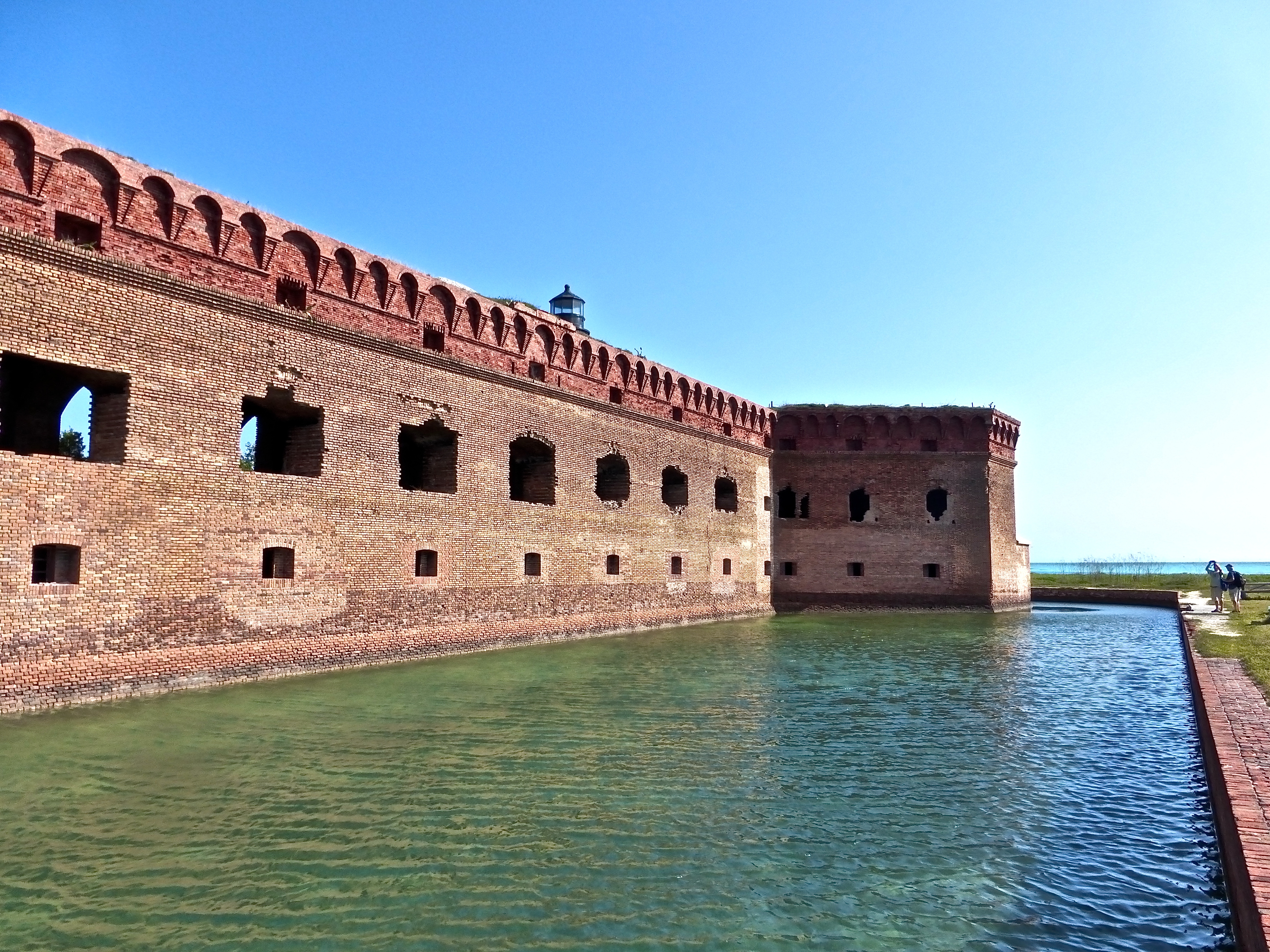
Located 70 miles west of Key West, Florida, Dry Tortugas National Park is a hidden paradise that offers a unique blend of history and natural beauty. The park is home to Fort Jefferson, a massive coastal fortress that dates back to the 19th century. Visitors can explore the fort's historic architecture and learn about its role in American history. The park's remote location and pristine coral reefs make it a popular destination for snorkeling and diving enthusiasts. The crystal-clear waters surrounding the Dry Tortugas are teeming with marine life, including colorful fish, sea turtles, and vibrant coral formations. Birdwatchers will also find plenty to see, with the park serving as a vital stopover for migratory birds. Whether you're exploring the fort's storied past or diving into the vibrant underwater world, Dry Tortugas National Park offers a maritime adventure like no other.
6. Guadalupe Mountains National Park
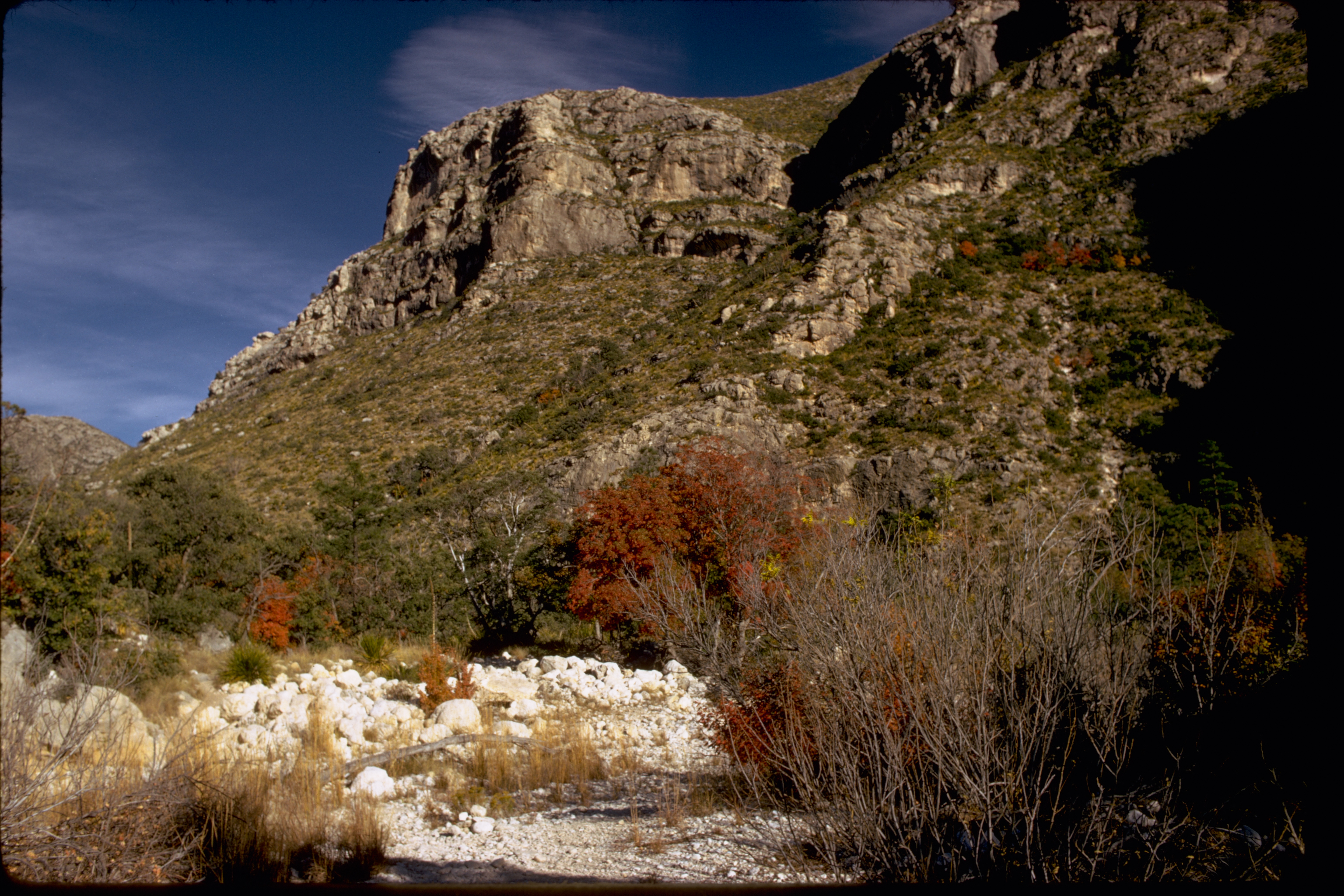
Situated in West Texas, Guadalupe Mountains National Park is a hidden gem that offers a diverse array of landscapes and outdoor activities. The park is home to the highest peak in Texas, Guadalupe Peak, which offers stunning panoramic views of the surrounding desert. Hikers can explore a variety of trails that wind through the park's rugged canyons, lush woodlands, and expansive desert plains. The park's unique geology is a testament to its ancient past, with fossilized reef formations dating back over 250 million years. This rich history is on display at the McKittrick Canyon Visitor Center, where visitors can learn about the park's geological and cultural heritage. Whether you're scaling the heights of Guadalupe Peak or exploring the park's hidden canyons, Guadalupe Mountains National Park offers an unforgettable desert adventure.
7. Lassen Volcanic National Park
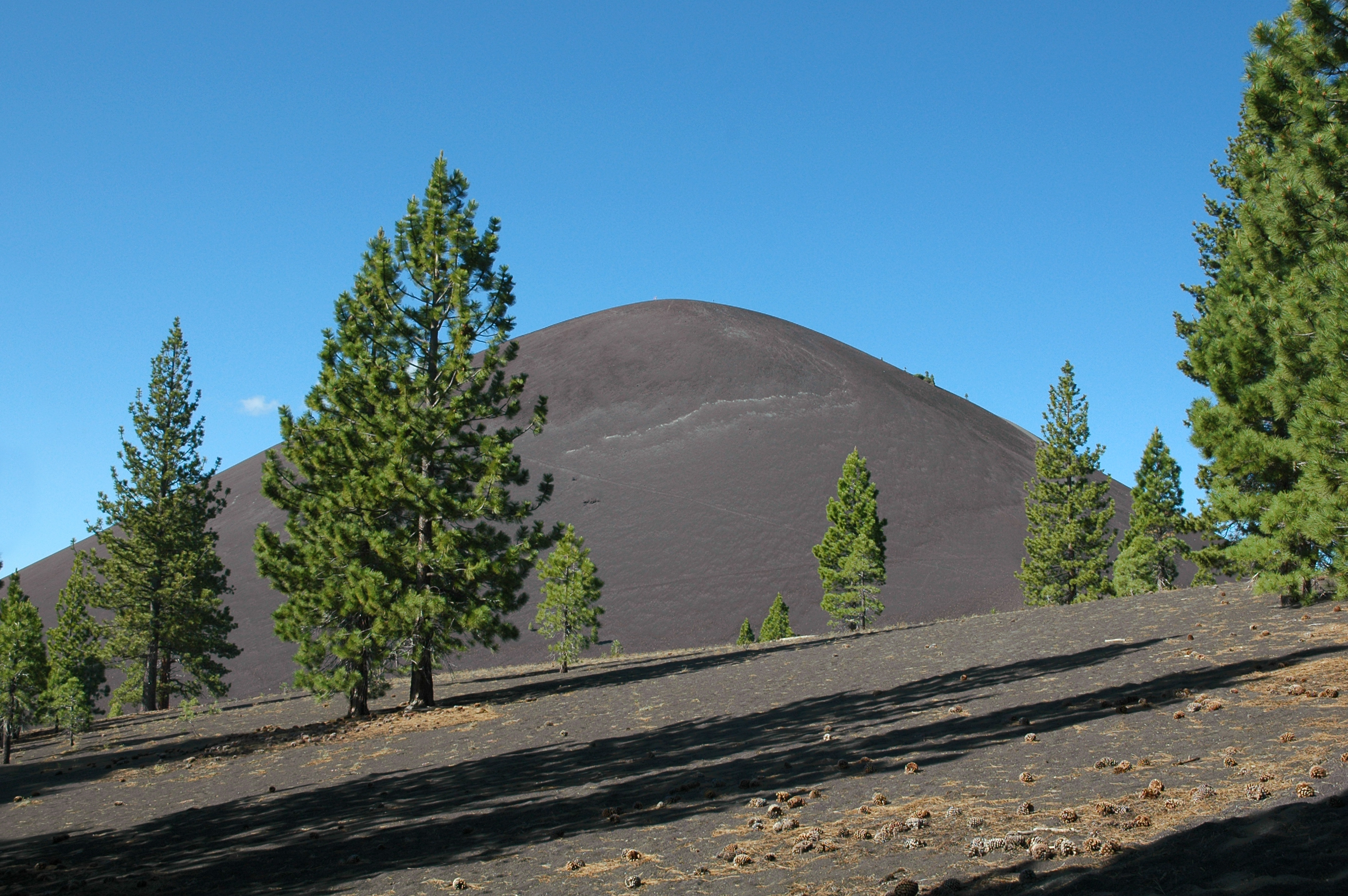
Located in Northern California, Lassen Volcanic National Park is a geothermal wonderland that offers a glimpse into the dynamic forces that shape our planet. The park is home to all four types of volcanoes found in the world, making it a unique destination for geology enthusiasts. Visitors can explore the park's volcanic landscapes, including the iconic Lassen Peak, which last erupted in 1915. The park's geothermal features are a highlight for many visitors, with bubbling mud pots, steaming fumaroles, and hot springs providing a fascinating look at the Earth's geothermal activity. Hiking trails wind through the park's diverse landscapes, offering opportunities to explore lush forests, alpine meadows, and volcanic craters. Whether you're marveling at the park's geothermal wonders or hiking its scenic trails, Lassen Volcanic National Park promises a captivating adventure.
8. Voyageurs National Park
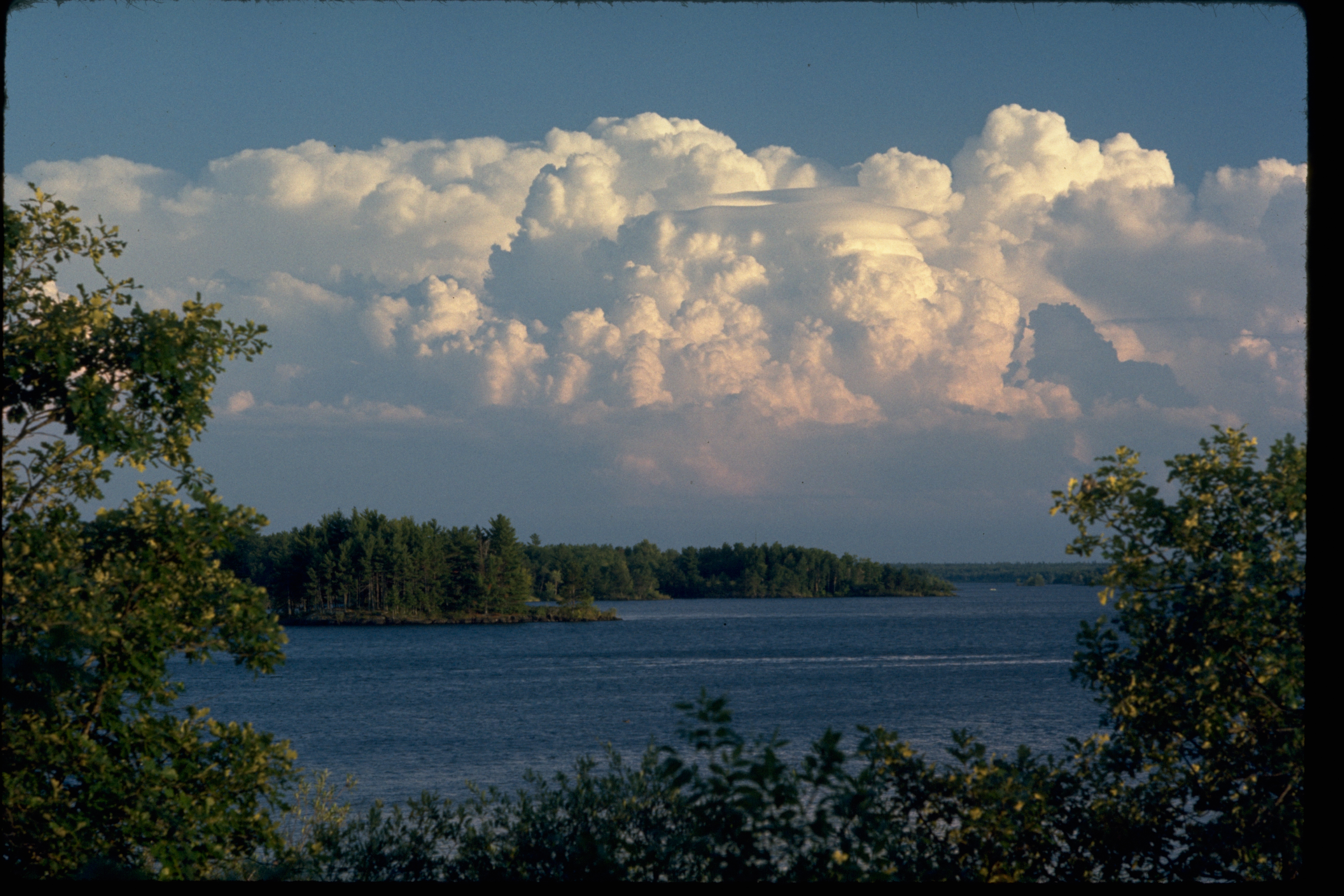
Nestled in the northern reaches of Minnesota, Voyageurs National Park is a water-based wonderland that offers a unique blend of wilderness and waterways. The park's interconnected lakes and rivers provide endless opportunities for boating, kayaking, and canoeing. With over 500 islands and 655 miles of shoreline, visitors can explore the park's pristine waters and discover hidden coves and secluded beaches. The park's rich history is intertwined with the fur trade, and visitors can learn about the area's cultural heritage at the Rainy Lake Visitor Center. The park is also home to a diverse array of wildlife, including black bears, wolves, and bald eagles. Whether you're paddling through the park's scenic waterways or exploring its lush forests, Voyageurs National Park offers a unique and immersive outdoor adventure.
9. Pinnacles National Park
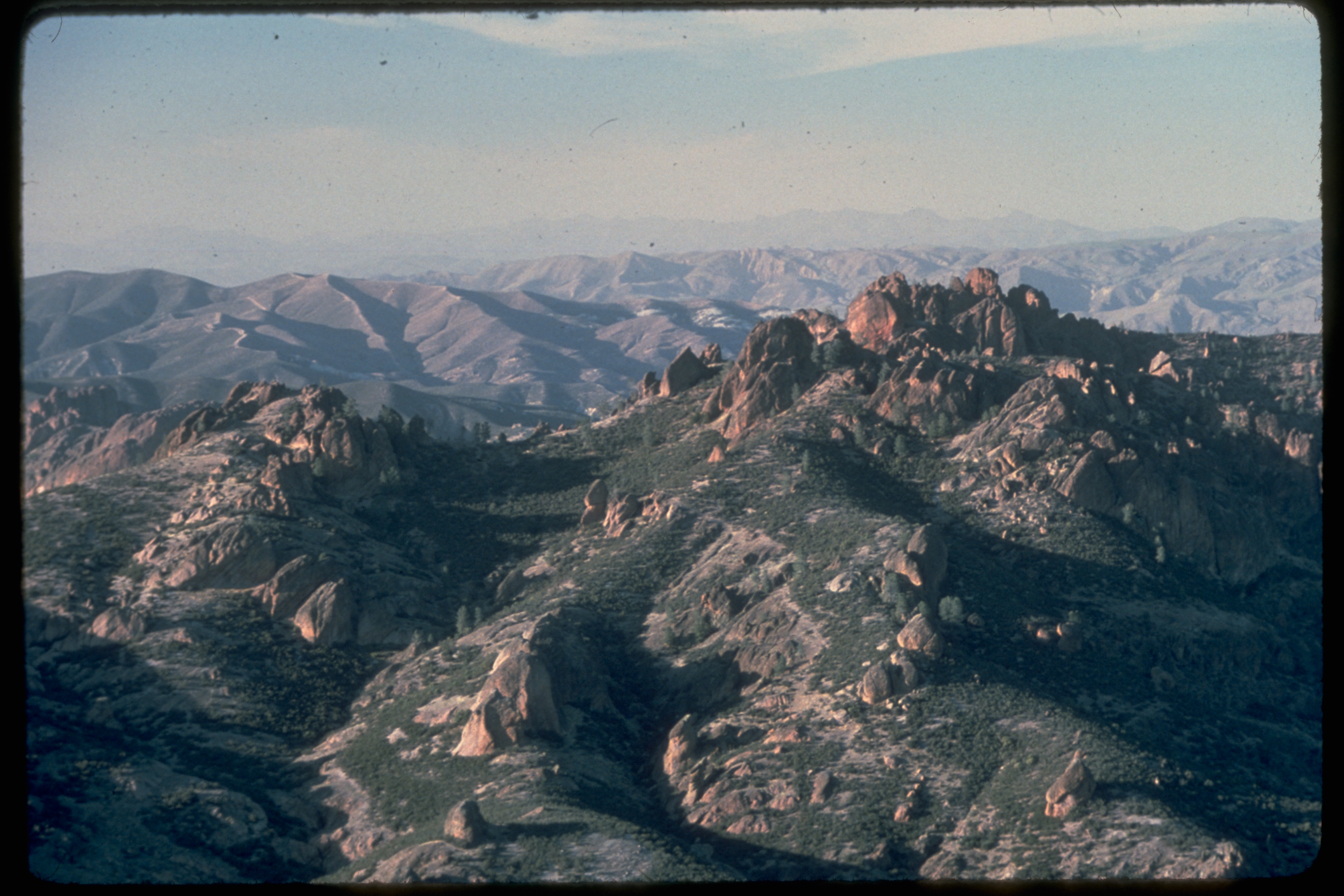
Located in central California, Pinnacles National Park is a hidden gem that offers a unique blend of rock formations and diverse ecosystems. The park's towering pinnacles and spires are a haven for rock climbers, with routes ranging from beginner to expert. Hikers can explore a network of trails that wind through the park's rugged landscapes, offering stunning views of the surrounding valleys and hills. One of the park's most unique features is its population of California condors, which were reintroduced to the park as part of a conservation effort. Birdwatchers will delight in spotting these majestic birds soaring above the park's rocky peaks. Whether you're scaling the heights of the park's iconic pinnacles or observing its diverse wildlife, Pinnacles National Park offers an adventure like no other.
10. Big Bend National Park
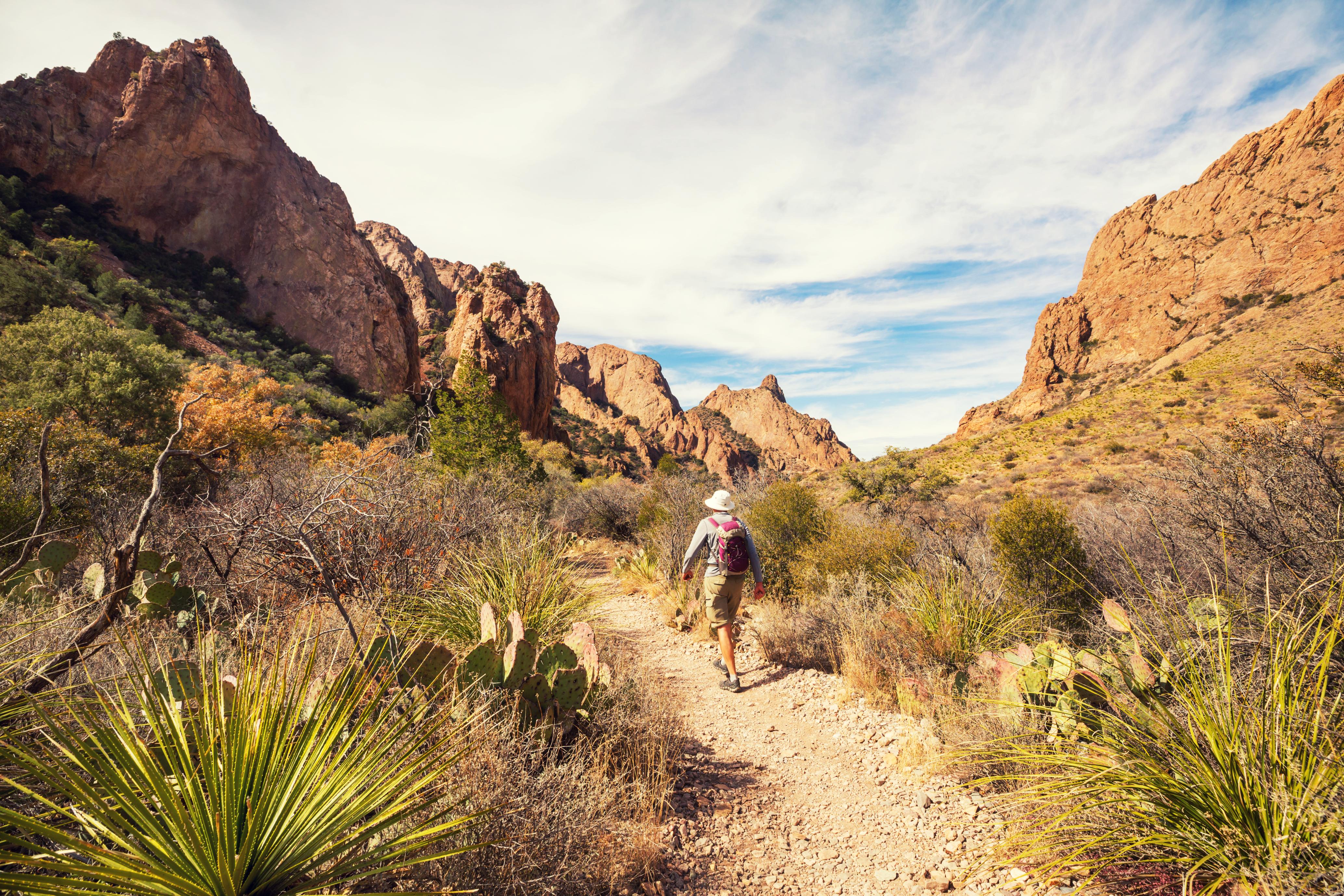
Situated in the remote reaches of West Texas, Big Bend National Park is a desert symphony that offers a diverse array of landscapes and outdoor activities. The park's rugged terrain, expansive deserts, and towering mountains provide the perfect backdrop for hiking, camping, and wildlife watching. Visitors can explore a variety of trails that wind through the park's diverse ecosystems, offering opportunities to discover hidden canyons, lush oases, and ancient rock formations. The park's unique location along the Rio Grande River offers opportunities for rafting and kayaking, with stunning views of the surrounding desert landscapes. The park is also home to a rich array of wildlife, including black bears, mountain lions, and a variety of bird species. Whether you're exploring the park's scenic trails or navigating its winding waterways, Big Bend National Park promises an unforgettable desert adventure.
11. Wrangell-St. Elias National Park
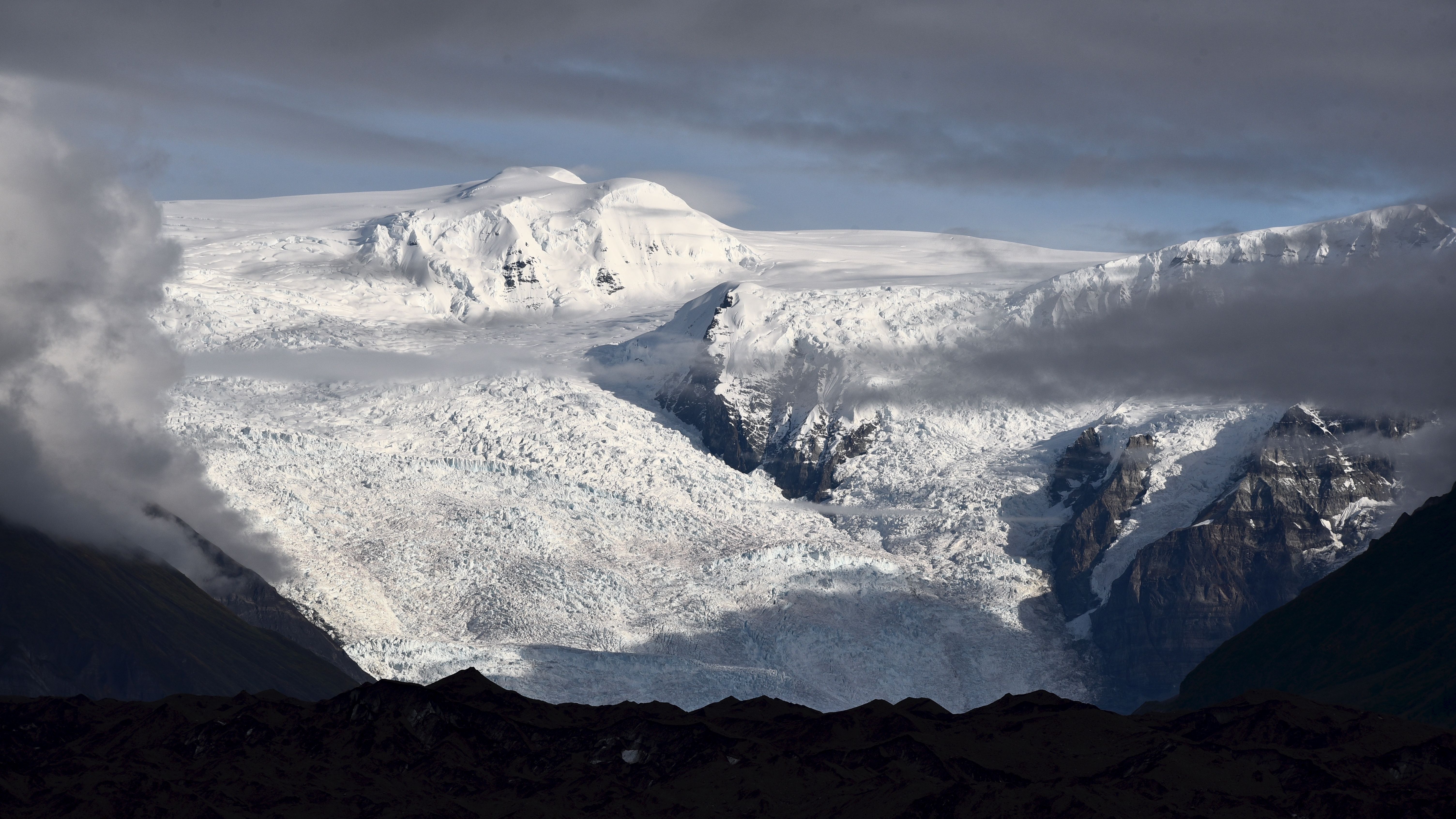
As the largest national park in the United States, Wrangell-St. Elias National Park in Alaska offers a vast wilderness that is truly awe-inspiring. The park's towering mountains, expansive glaciers, and pristine rivers provide endless opportunities for outdoor adventure. Visitors can explore a variety of landscapes, from the rugged peaks of the Wrangell Mountains to the lush valleys of the Copper River Basin. The park's remote location and diverse ecosystems make it a haven for wildlife, with opportunities to spot grizzly bears, moose, and caribou. Adventurers can explore the park's backcountry on foot, by kayak, or even by air, with flight-seeing tours offering stunning aerial views of the park's breathtaking landscapes. Whether you're exploring the park's rugged terrain or observing its diverse wildlife, Wrangell-St. Elias National Park offers an adventure like no other.
12. Theodore Roosevelt National Park (North Dakota): Badlands and Bison
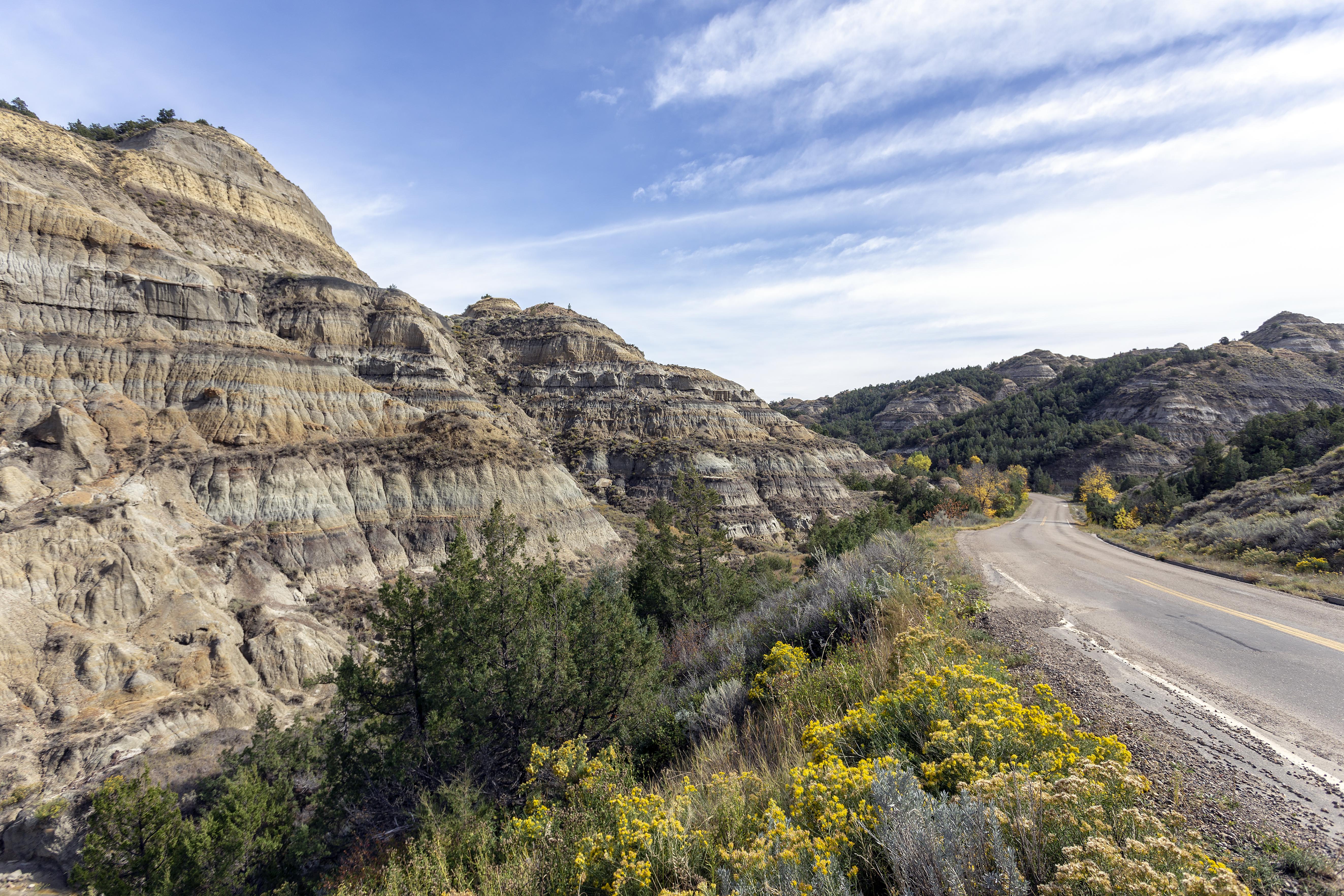
Experience the rugged beauty of the North Dakota Badlands where the Little Missouri River carved dramatic landscapes. Unlike its more famous South Dakota cousin, Theodore Roosevelt NP offers similar stunning vistas, vast herds of bison roaming freely, prairie dog towns, wild horses, and the historic Maltese Cross Cabin (TR's former ranch home) often with far fewer crowds. Drive the scenic loops in the South and North Units, hike petrified forest trails, and soak in the solitude that captivated Roosevelt himself.
13. Capitol Reef National Park (Utah): The Waterpocket Fold Wonder
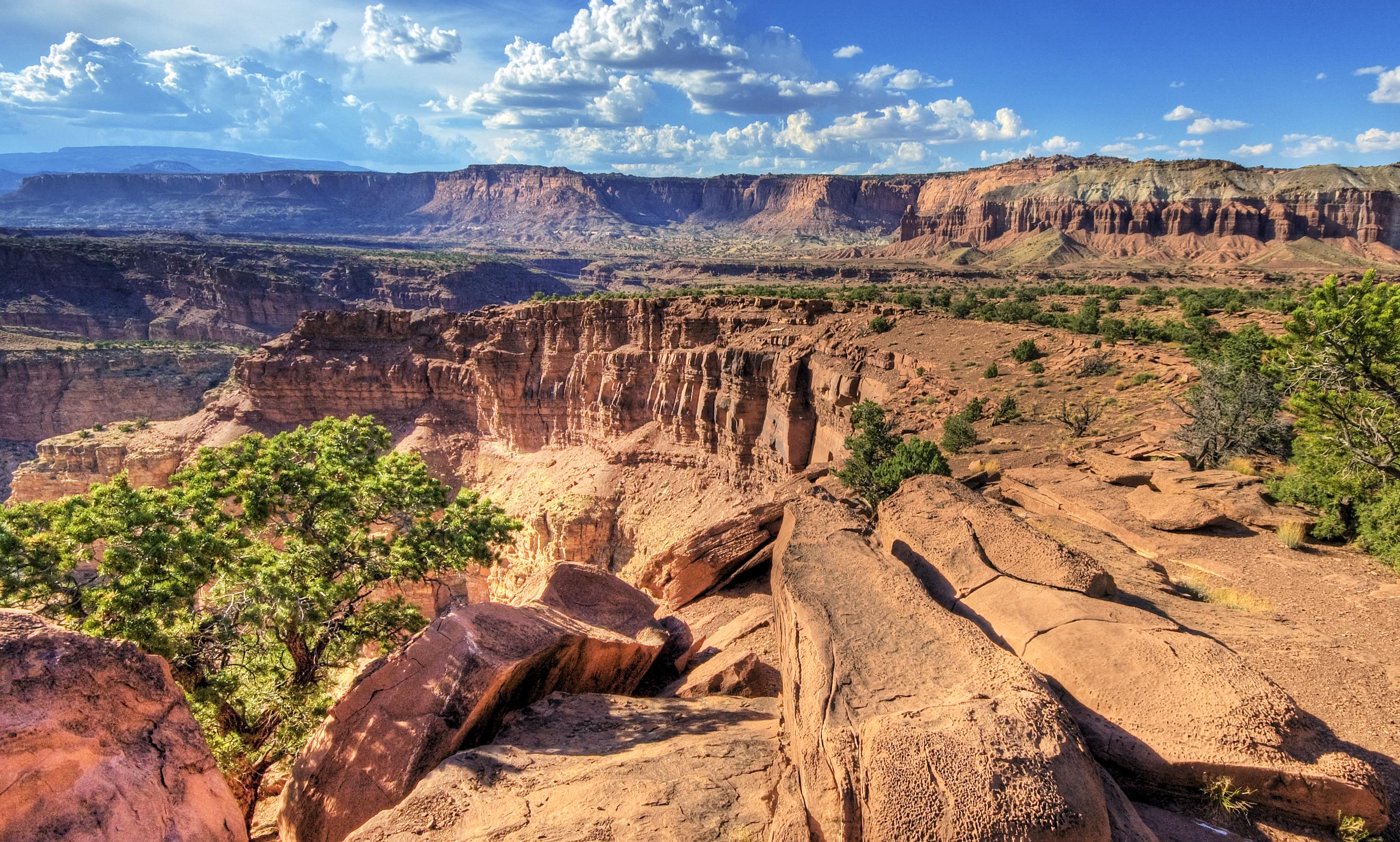
Often overshadowed by Utah's other "Mighty 5" parks, Capitol Reef protects the stunning Waterpocket Fold, a nearly 100-mile long warp in the Earth's crust. Drive the scenic route alongside towering Wingate sandstone cliffs, hike into narrow slot canyons like Hickman Bridge or Grand Wash, and discover ancient petroglyphs. Don't miss the historic Fruita district, a lush oasis where you can pick fruit (in season) from pioneer-era orchards right within the park – a unique treat offering delicious history alongside geological marvels.
14. Black Canyon of the Gunnison National Park (Colorado): Dramatic Depths
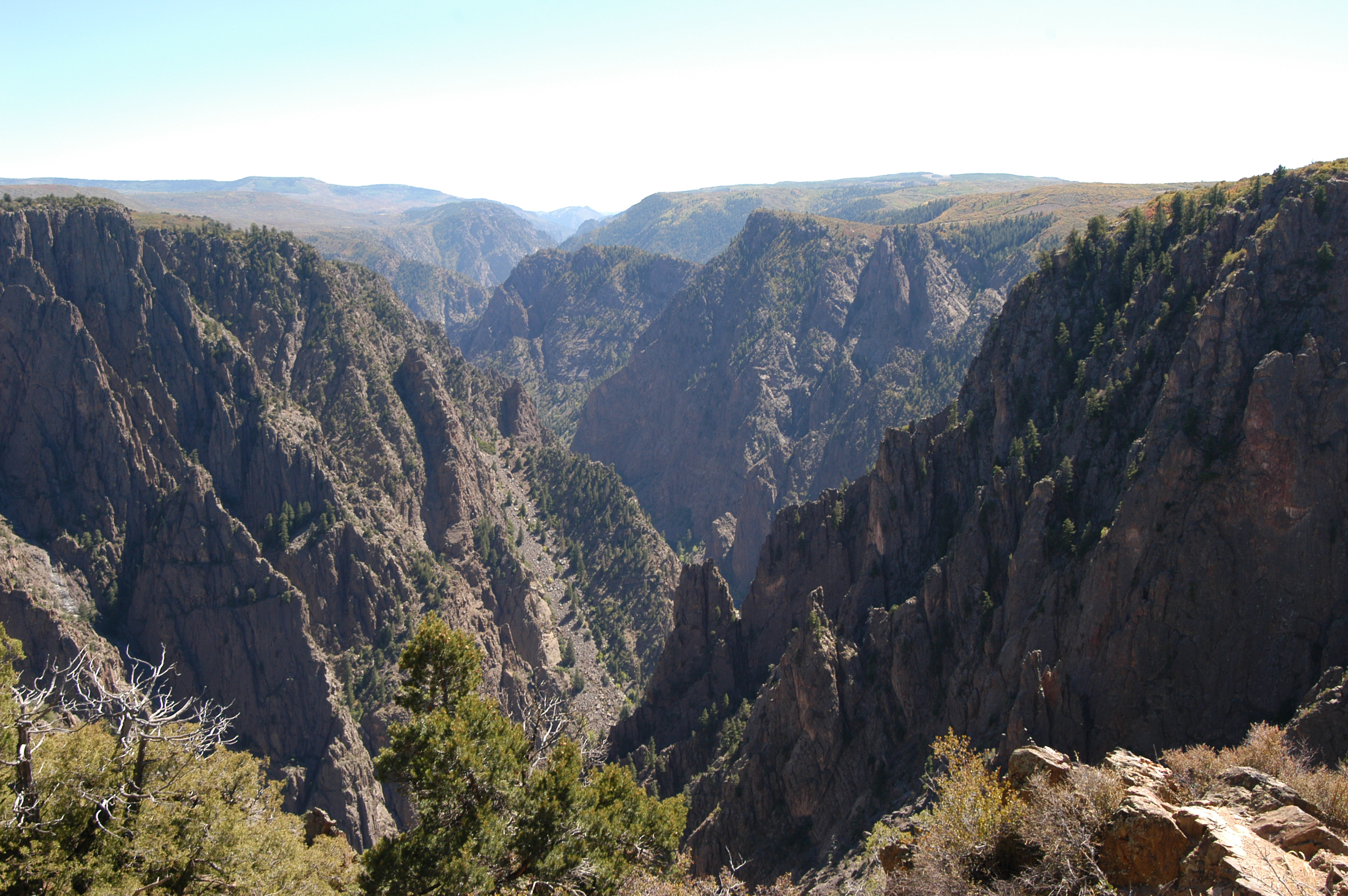
Prepare for vertigo-inducing views into one of North America's steepest, narrowest, and most dramatic canyons. The Gunnison River carved this deep, dark chasm, plunging over 2,000 feet in places. While challenging inner-canyon exploration requires permits, rim drives (North and South) offer accessible, jaw-dropping overlooks like Painted Wall – Colorado's highest cliff. It's also an International Dark Sky Park, offering spectacular stargazing. Less visited than nearby Rocky Mountain NP, Black Canyon delivers raw geological power and breathtaking verticality.
15. Channel Islands National Park (California): America's Galapagos

Just off the Southern California coast lies an archipelago offering unique ecosystems and wildlife found nowhere else. Accessible only by park concessionaire boats or planes, these five islands boast endemic species like the adorable island fox, unique plant life, and vital seabird colonies. Explore sea caves via kayak around Santa Cruz Island, hike dramatic coastal trails on Anacapa, or witness migrating whales in the surrounding marine sanctuary. It’s a remarkable escape into a wilder, biologically distinct California often missed by mainland visitors.
16. Lake Clark National Park and Preserve (Alaska): Accessible Wilderness
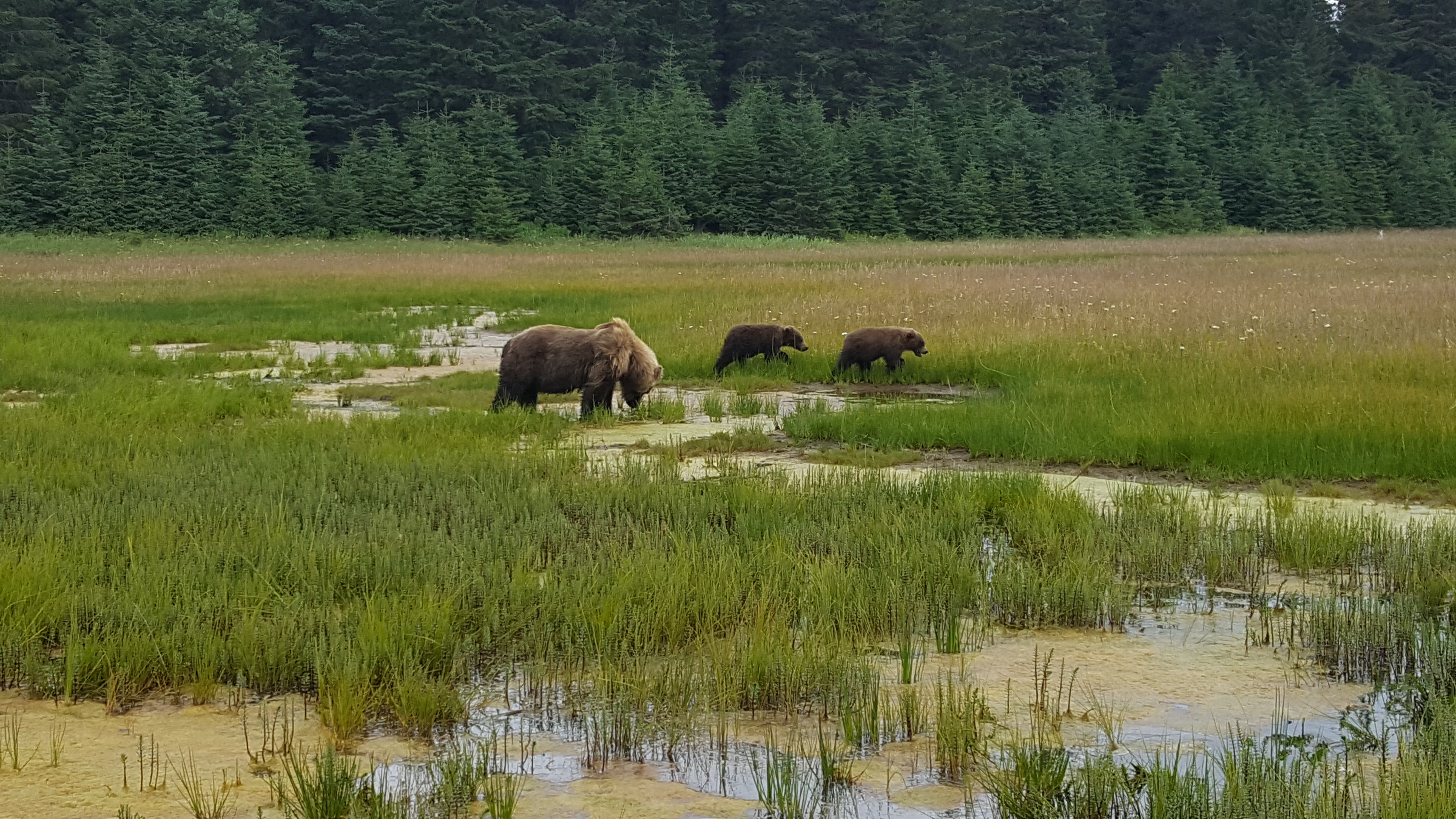
Craving Alaskan wilderness without the extreme remoteness of Gates of the Arctic? Lake Clark offers stunning scenery – including active volcanoes, turquoise lakes, glaciers, and coastline – accessible primarily via small aircraft from Anchorage or Homer. It's renowned for incredible bear viewing (especially coastal brown bears fishing for salmon), salmon runs, and opportunities for kayaking, hiking, and remote lodge stays. It provides that quintessential Alaskan wildness – dramatic landscapes, abundant wildlife – often with fewer visitors than Katmai's famous Brooks Falls.
17. Gates of the Arctic National Park and Preserve (Alaska): Ultimate Solitude
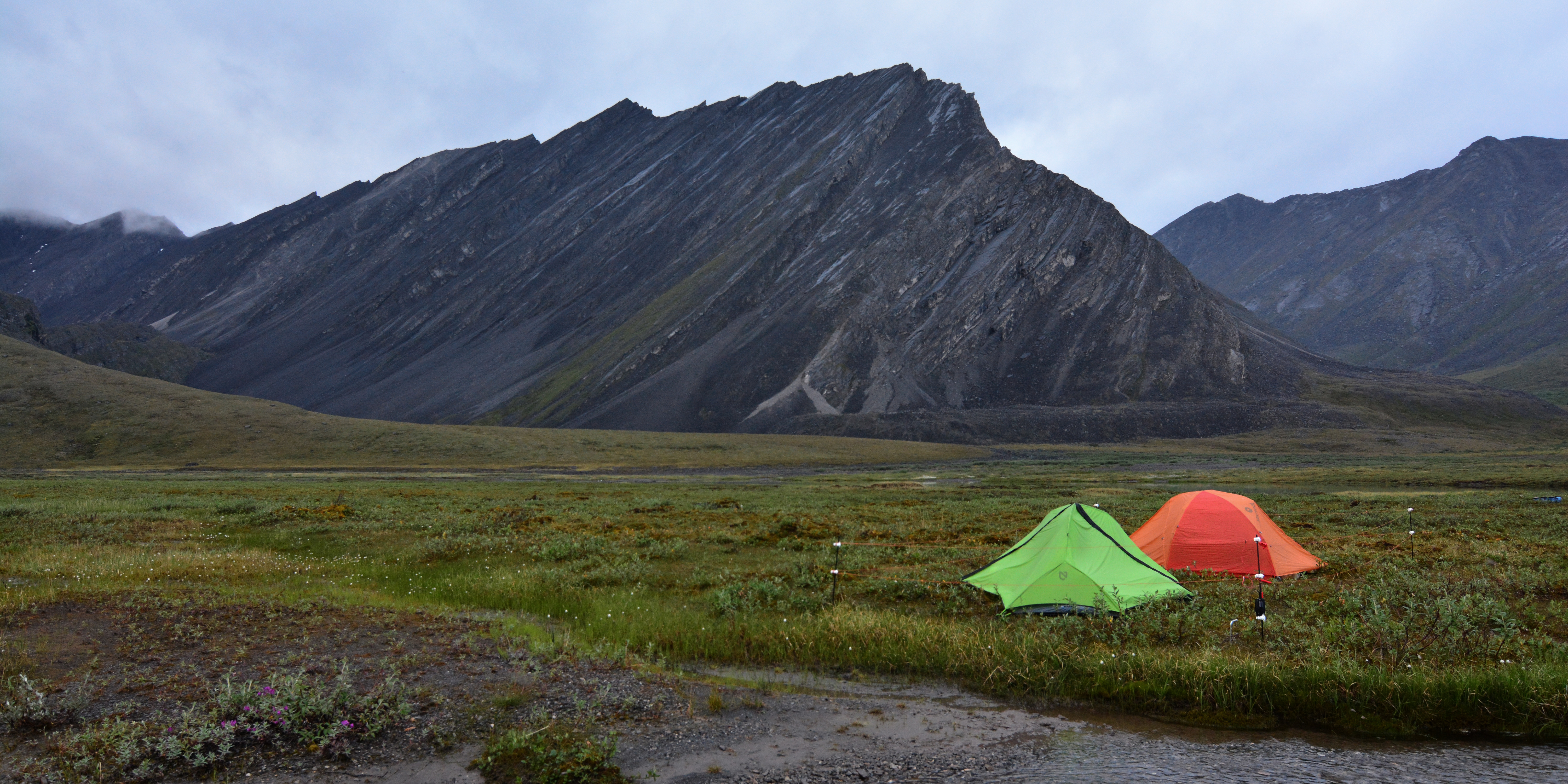
For the truly adventurous seeking untamed wilderness, Gates of the Arctic is the pinnacle. Located entirely above the Arctic Circle, this vast park has no roads, no trails, and no established visitor facilities. It’s a realm of arctic tundra, wild rivers, and the rugged Brooks Range mountains, navigated only by experienced backpackers, floaters, or flightseeing tours. Home to caribou herds, grizzly bears, and wolves, it offers unparalleled solitude and a profound connection with raw, undeveloped nature for those prepared for self-sufficient exploration.
18. Petrified Forest National Park (Arizona): Triassic Treasures and Painted Desert

Step back millions of years in this unique park protecting one of the world's largest concentrations of colorful petrified wood. Hike trails winding amongst rainbow-hued fossilized logs, marvel at the multi-colored badlands of the Painted Desert stretching towards the horizon from viewpoints like Kachina Point, and explore ancient petroglyphs at Newspaper Rock. Easily accessible off I-40, it's often treated as a quick stop but rewards longer exploration of its unique geology, paleontology, and archaeological history spanning millennia.
19. Wind Cave National Park (South Dakota): Below and Above Ground Wonders
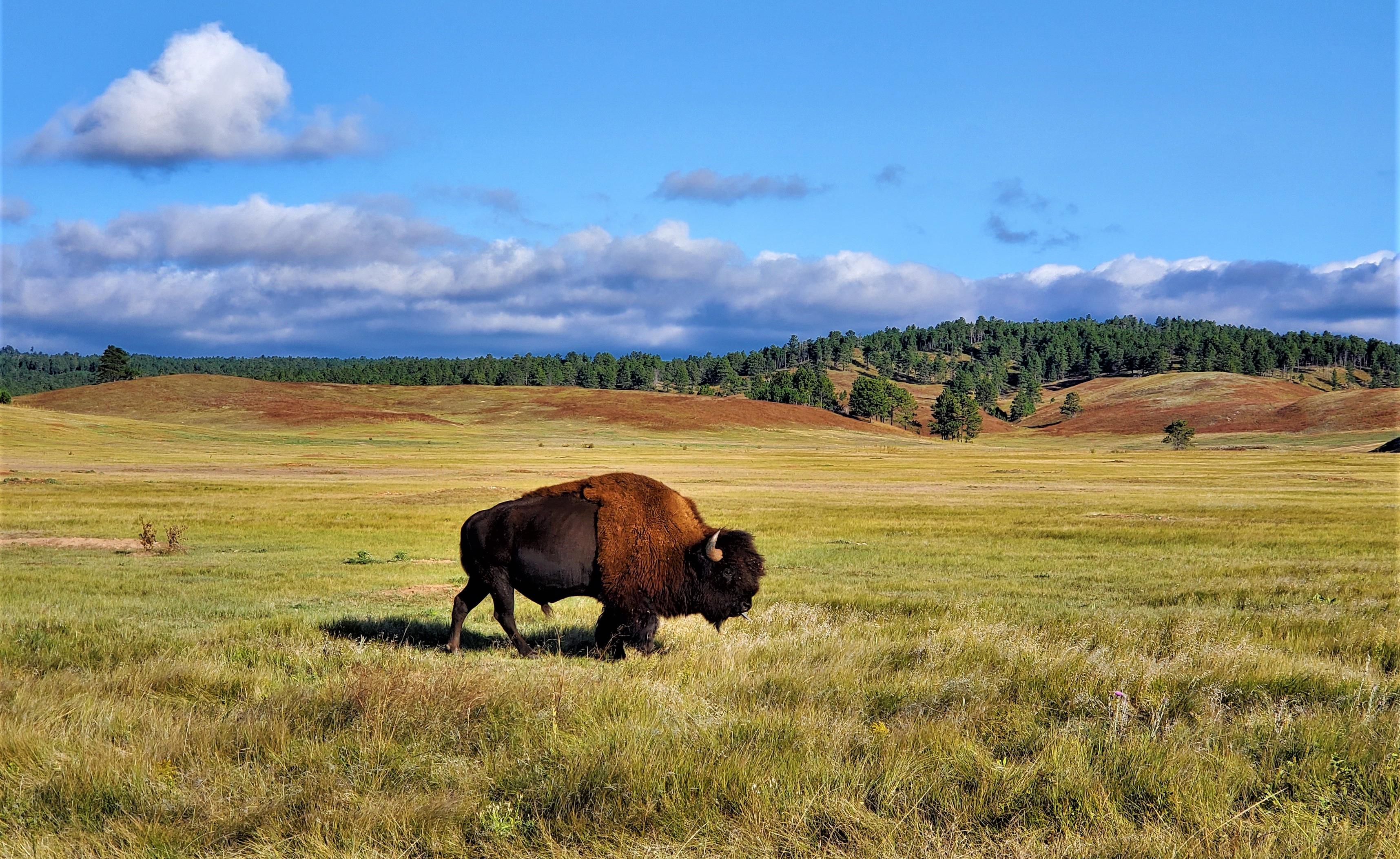
Beneath the rolling prairies of the Black Hills lies Wind Cave, one of the planet's longest and most complex cave systems, renowned for its rare and intricate 'boxwork' formations – delicate calcite fins resembling honeycombs. Various guided cave tours reveal these subterranean wonders. But don't miss the park above ground! The surface protects a vibrant mixed-grass prairie ecosystem where visitors can easily spot bison herds, pronghorn, prairie dogs, and elk, offering two distinct park experiences in one compact, often overlooked location.
20. Kings Canyon National Park (California): Sequoias Meet Yosemite's Sibling
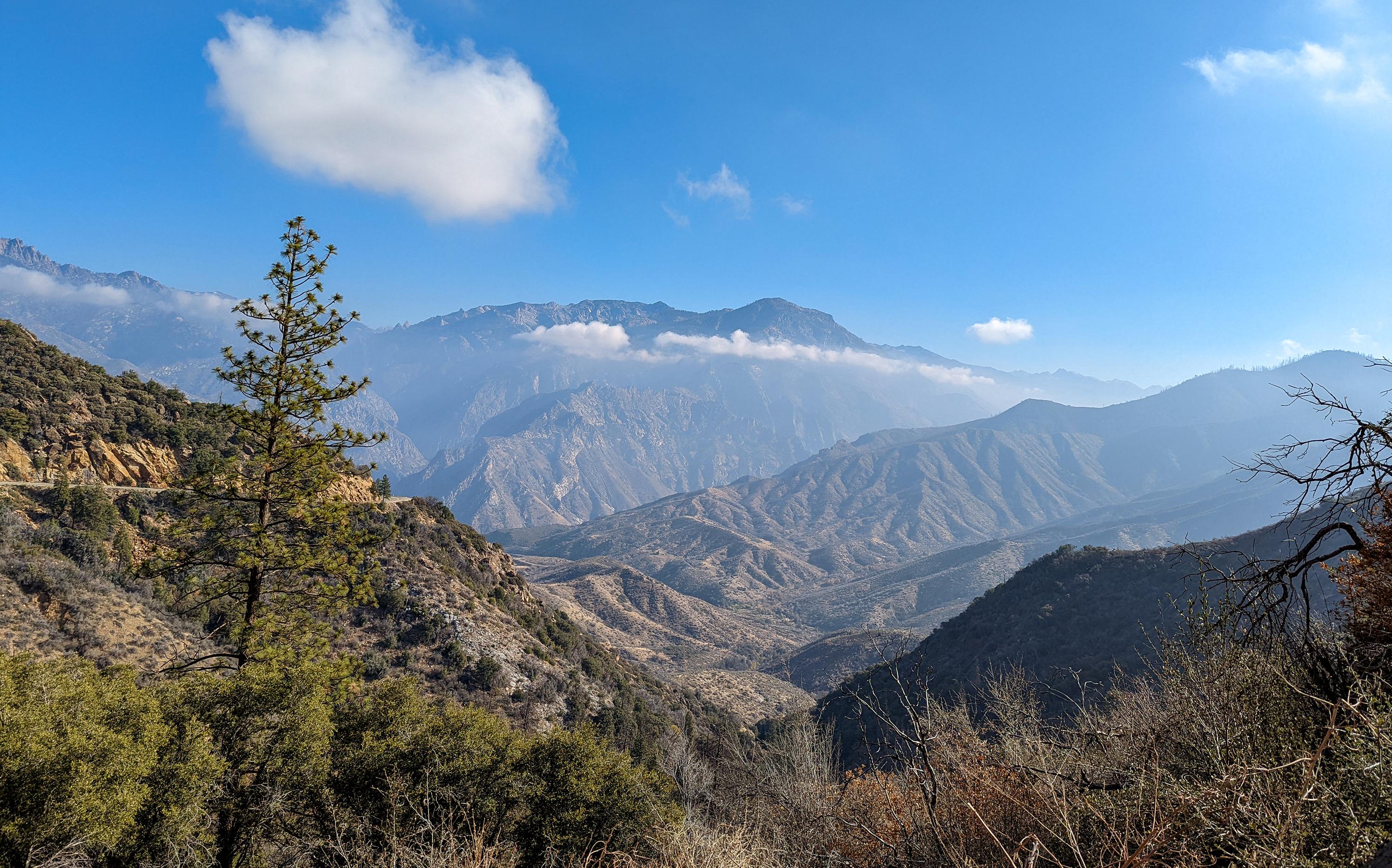
Administratively linked with Sequoia NP, Kings Canyon often sees fewer visitors yet offers equally spectacular, and arguably more diverse, scenery. Explore groves of giant sequoias (including the famous General Grant Tree) in the Grant Grove section. Then, venture deeper into the park to discover the dramatic Kings Canyon itself – a vast, glacier-carved valley often compared to Yosemite, but with a wilder, less developed feel. Hike along the Kings River, marvel at towering granite cliffs, and enjoy stunning Sierra Nevada wilderness.
21. Great Sand Dunes National Park and Preserve (Colorado): Dunes Against the Rockies
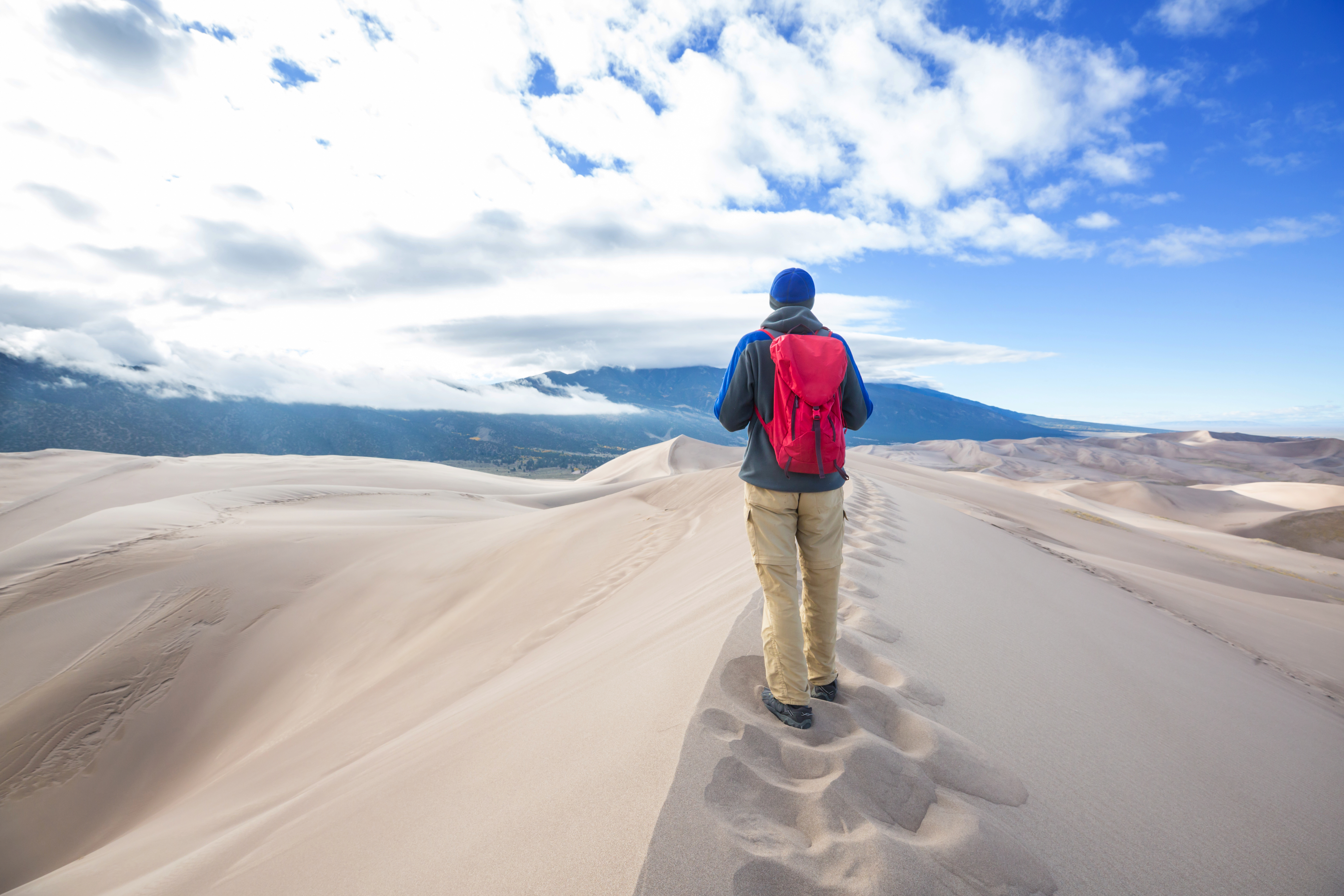
Witness the surreal sight of North America's tallest sand dunes nestled against the rugged Sangre de Cristo Mountains. This unique landscape invites exploration unlike any other park. Hike up the massive dunes for panoramic views (and a tiring workout!), then experience the thrill of sandboarding or sledding back down. In late spring/early summer, the seasonal Medano Creek flows at the dunes' base, creating a popular natural beach perfect for splashing and cooling off. It’s a geological marvel offering fun recreation and striking visual contrasts.
22. Cuyahoga Valley National Park (Ohio)
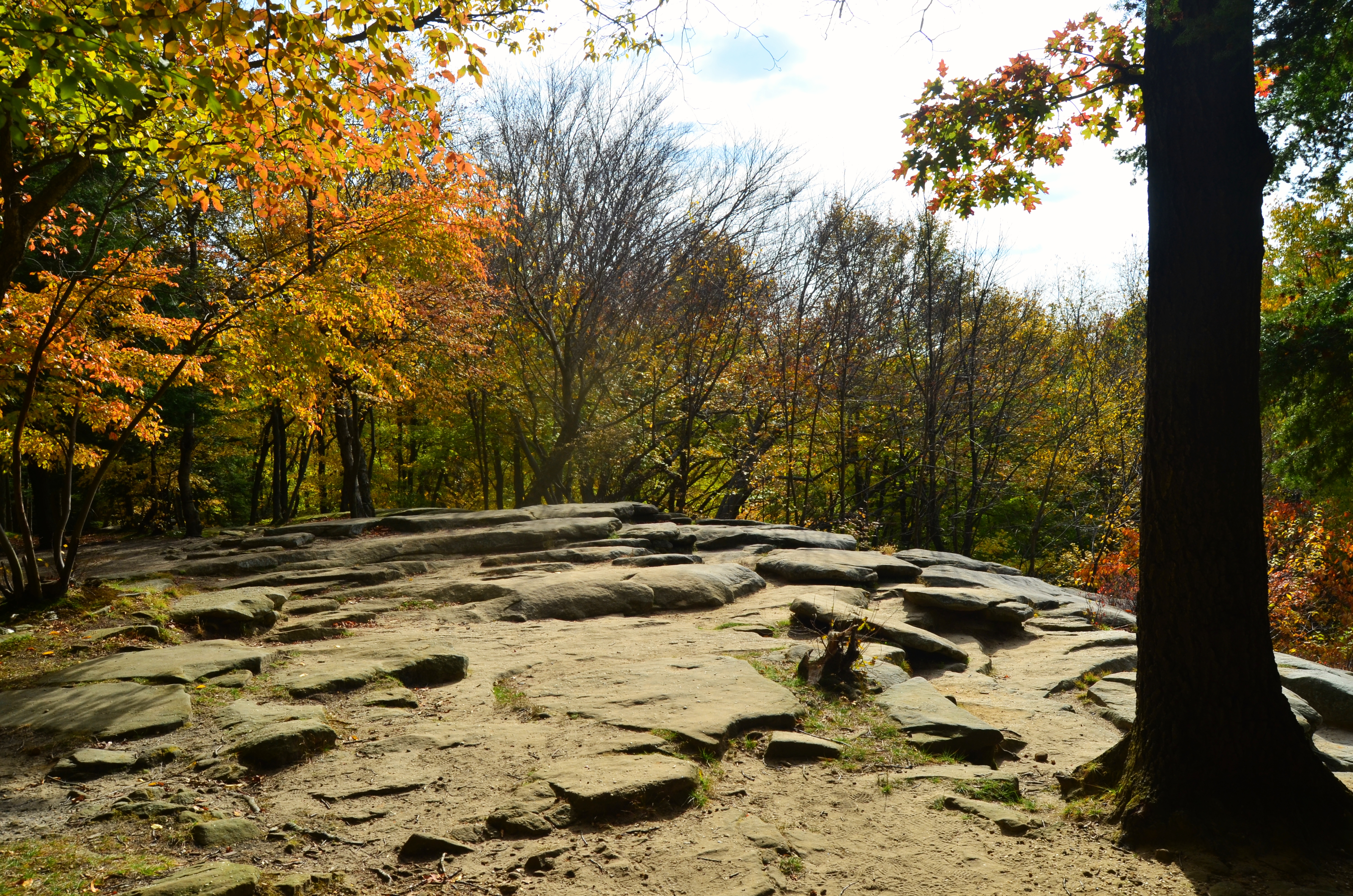
Often overlooked due to its proximity to Cleveland and Akron, Cuyahoga Valley surprises with its lush forests, cascading waterfalls, and charming historical sites. The park weaves together natural beauty and cultural heritage, offering scenic train rides, biking along the Ohio and Erie Canal Towpath Trail, and hikes to landmarks like Brandywine Falls. A patchwork of wetlands, woodlands, and rolling hills, it’s an oasis amid urban sprawl. Plus, its accessibility makes it ideal for spontaneous getaways. Don’t let the location fool you—Cuyahoga Valley delivers tranquility, history, and Midwestern charm without the crowds.
23. Redwood National and State Parks (California)
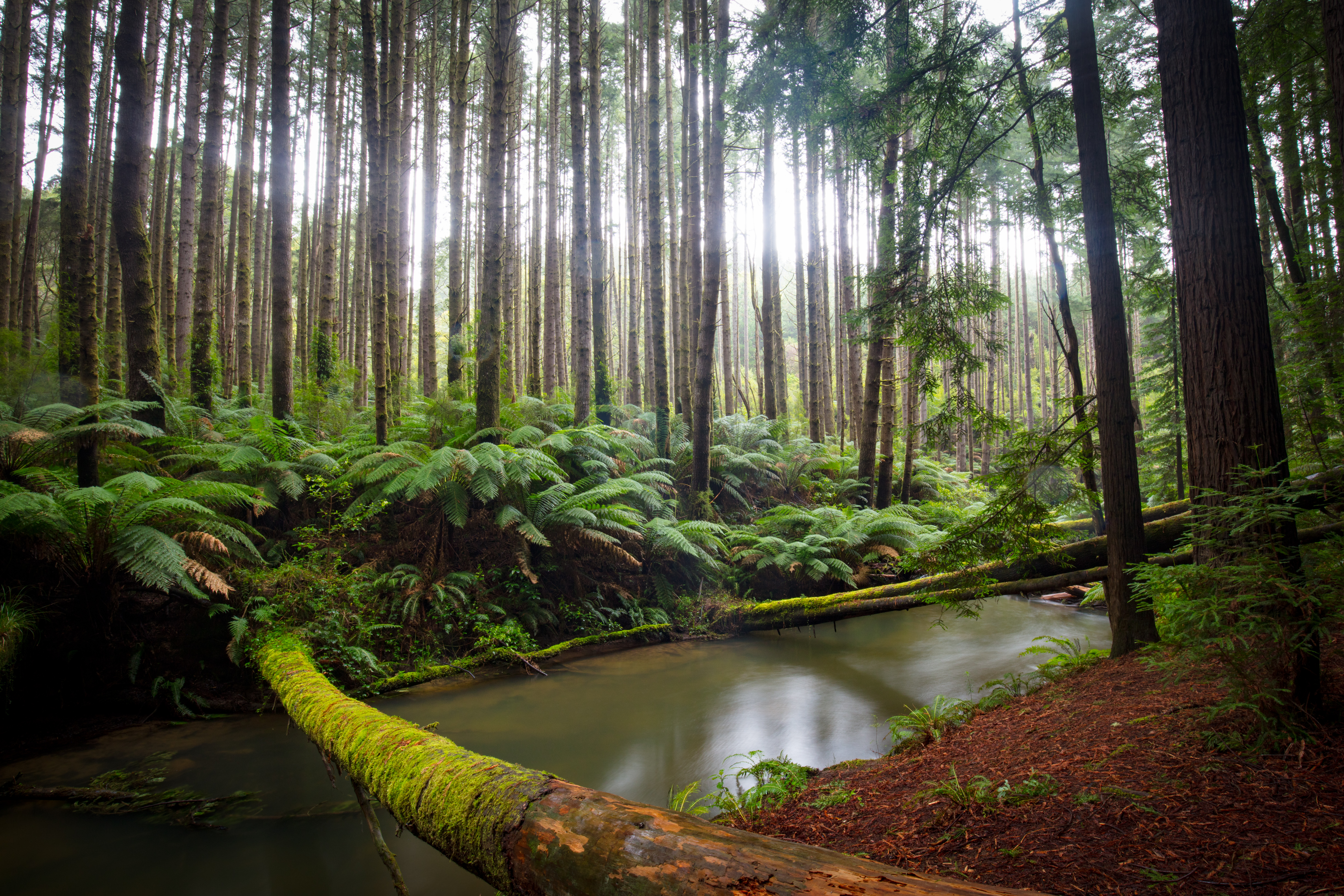
While some travelers equate redwoods with Muir Woods, the real giants—and the soul-stirring silence they bring—await further north. Redwood National and State Parks offer some of the tallest trees on Earth, draped in coastal fog and ancient mystery. Hike through cathedral-like groves, spot Roosevelt elk grazing in prairies, or wander along driftwood-strewn beaches where forest meets sea. Unlike Yosemite’s crowds, you might have entire trails to yourself. These towering titans don’t demand your attention—they humble you into stillness. It’s nature’s quiet masterpiece, hidden in plain sight.
24. Haleakalā National Park (Hawai'i)

Maui’s volcanic crown offers more than just sunrise spectacles. Haleakalā’s summit feels otherworldly—like standing on Mars above the clouds. But the lesser-known Kīpahulu District on the park’s eastern side steals the show with bamboo forests, plunging waterfalls, and the serene Pools of ʻOheʻo. Drive the Road to Hana, then hike the Pīpīwai Trail for a taste of jungle paradise. Haleakalā combines high-altitude solitude with tropical lushness in a way few places on Earth can. It’s not just a park—it’s two radically different worlds in one.
25. Kenai Fjords National Park (Alaska)
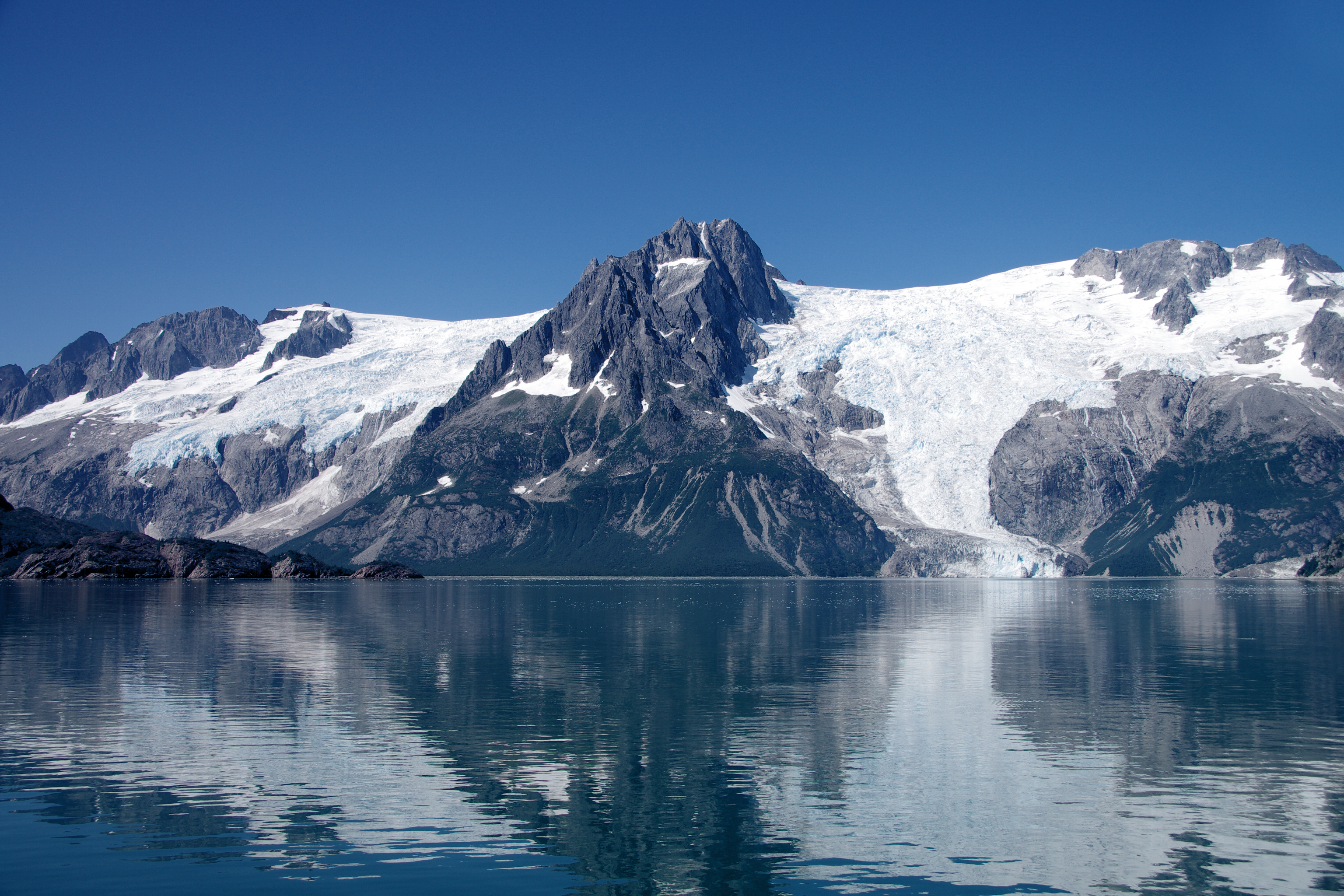
Glaciers crashing into the sea. Orcas slicing through icy waters. Towering fjords shrouded in mist. Kenai Fjords, just outside Seward, offers one of the most cinematic landscapes in North America. Boat tours reveal tidewater glaciers and dramatic wildlife sightings, while Exit Glacier offers a rare, drive-up glacier experience. For the truly adventurous, the Harding Icefield Trail delivers jaw-dropping alpine views. Despite its accessibility, the park sees a fraction of the visitors compared to Denali. It's wild Alaska, without the waiting list—raw, powerful, and unforgettable.
26. Craters of the Moon National Monument and Preserve (Idaho)

While not officially a national park (yet), Craters of the Moon deserves a spot on your bucket list. This surreal landscape of ancient lava fields, cinder cones, and icy caves looks like something out of science fiction. Hike over black basalt flows, explore lava tubes, and witness landscapes shaped by fire and time. It’s quiet, eerie, and stunning—like walking on another planet. NASA even trained Apollo astronauts here. Craters of the Moon is one of the most unique and least crowded geological treasures in the U.S. and worth exploring if you are into off-beat underrated adventures.
27. Indiana Dunes National Park (Indiana)
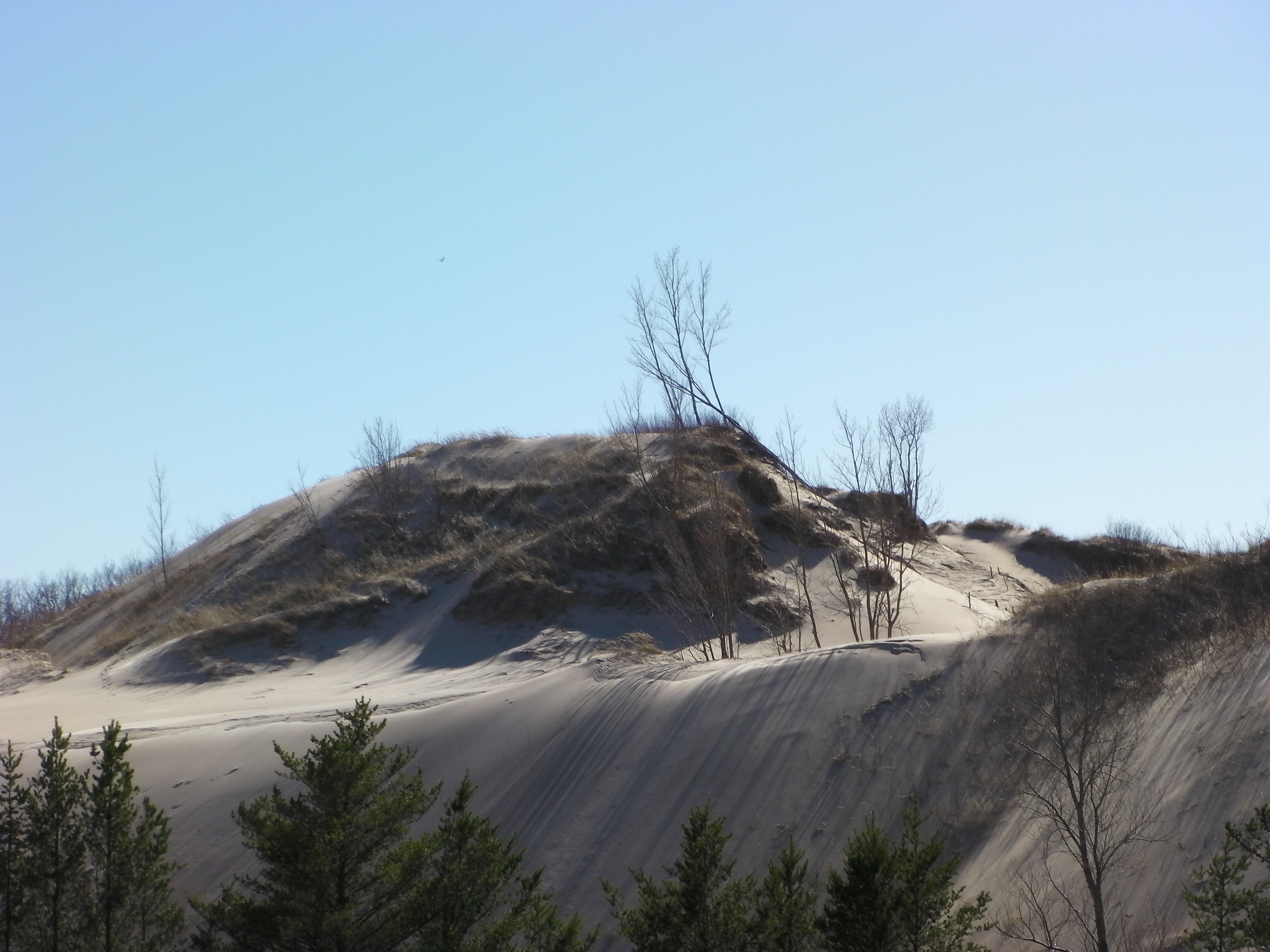
Don’t let the word “Indiana” fool you—this national park boasts golden dunes, windswept beaches, and surprisingly diverse ecosystems along the southern shore of Lake Michigan. Just an hour from Chicago, it’s a haven for birdwatchers, hikers, and swimmers. Climb 200-foot-high dunes, explore oak savannas and wetlands, and enjoy sunset views that rival coastal parks. It’s accessible, unexpectedly beautiful, and packed with ecological significance. A newer addition to the national park system, Indiana Dunes is a Midwest marvel that finally earned the title it deserves.
28. Biscayne National Park (Florida)

Just outside the urban sprawl of Miami lies a marine park that 95% of visitors never fully see—because it’s almost entirely underwater. Biscayne National Park protects vibrant coral reefs, mangrove forests, and the clear waters of Biscayne Bay. Snorkelers and divers can explore shipwrecks, sea turtles, and technicolor fish, while kayakers weave through the mangroves. It’s one of the best-kept secrets for tropical adventure in the continental U.S. And with fewer crowds than its neighbors (Everglades and Dry Tortugas), Biscayne is where Florida’s wild side stays wild.
29. New River Gorge National Park and Preserve (West Virginia)
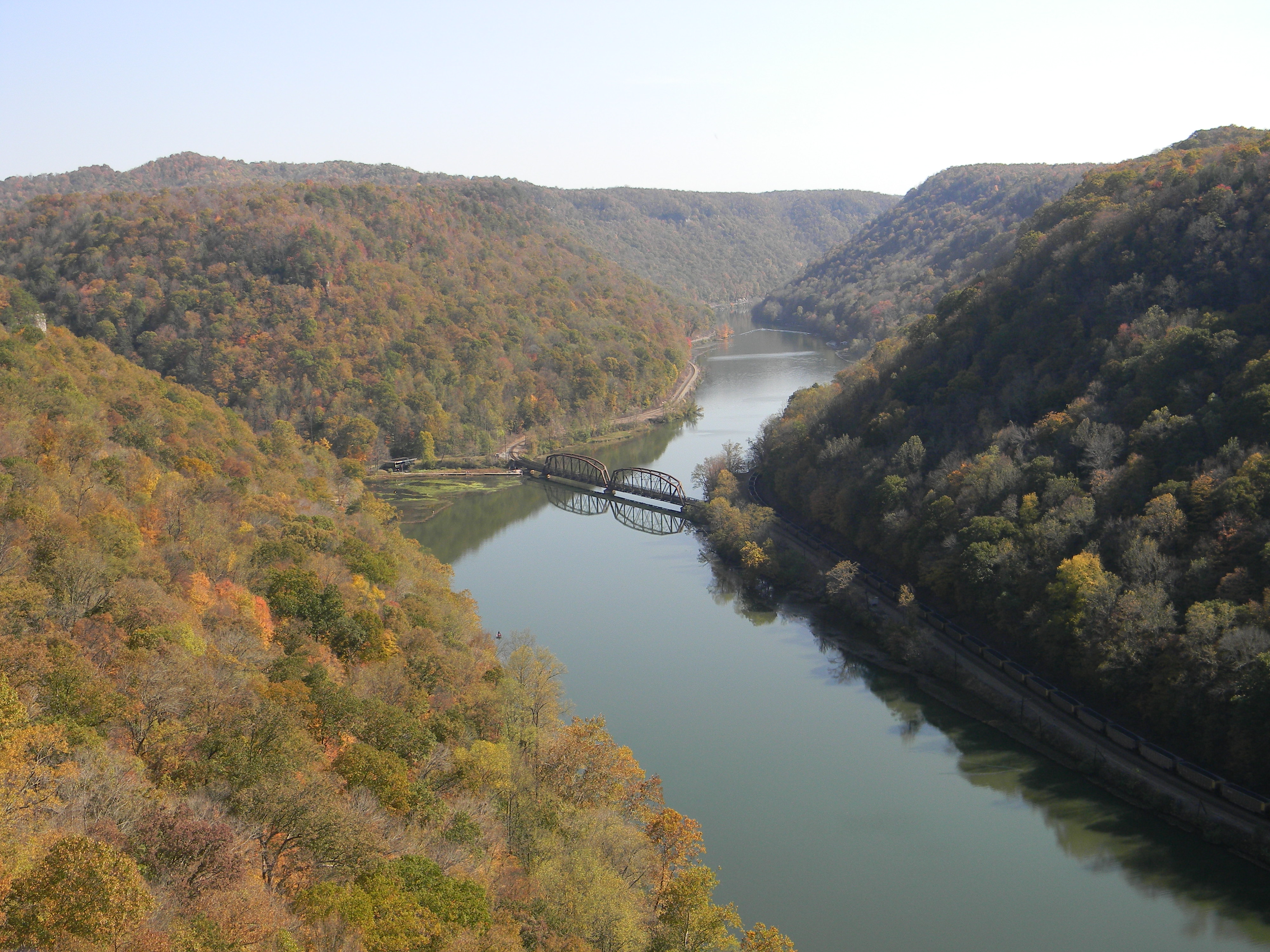
America’s newest national park is also one of its oldest rivers, carving a rugged gorge through the Appalachian Mountains. Known for world-class whitewater rafting and rock climbing, New River Gorge also delivers stunning hiking trails, dramatic overlooks, and deep coal mining history. It’s a story of resilience—both ecological and cultural. Plus, the iconic steel arch bridge offers breathtaking views (and BASE jumping, if you're bold). With its mix of adrenaline and serenity, this is West Virginia at its most epic—and most underappreciated.
30. Tumacácori National Historical Park (Arizona)
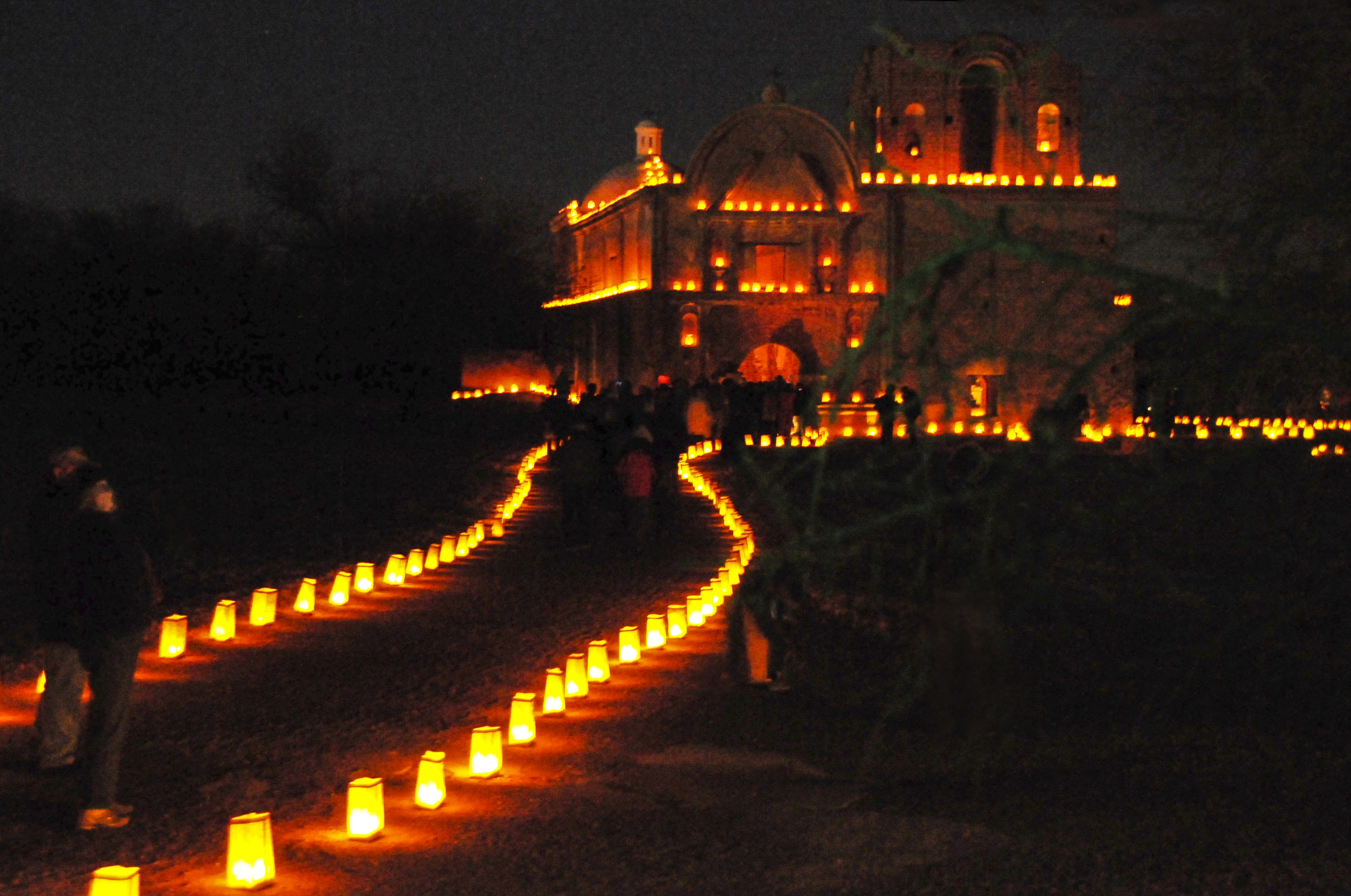
Though technically not a national park in the wilderness sense, Tumacácori earns its spot as a hidden gem rich in culture and silence. Located near the Arizona–Mexico border, this park preserves 17th-century Spanish mission ruins nestled in the desert. Surrounded by cottonwoods and distant mountains, it's a place of quiet reflection, not crowds. Walk through crumbling adobe chapels, trace ancestral footsteps, and witness the layered story of indigenous, Spanish, and Mexican heritage. It’s a soulful detour from the typical park experience—small, serene, and deeply moving.
31. Kobuk Valley National Park (Alaska)
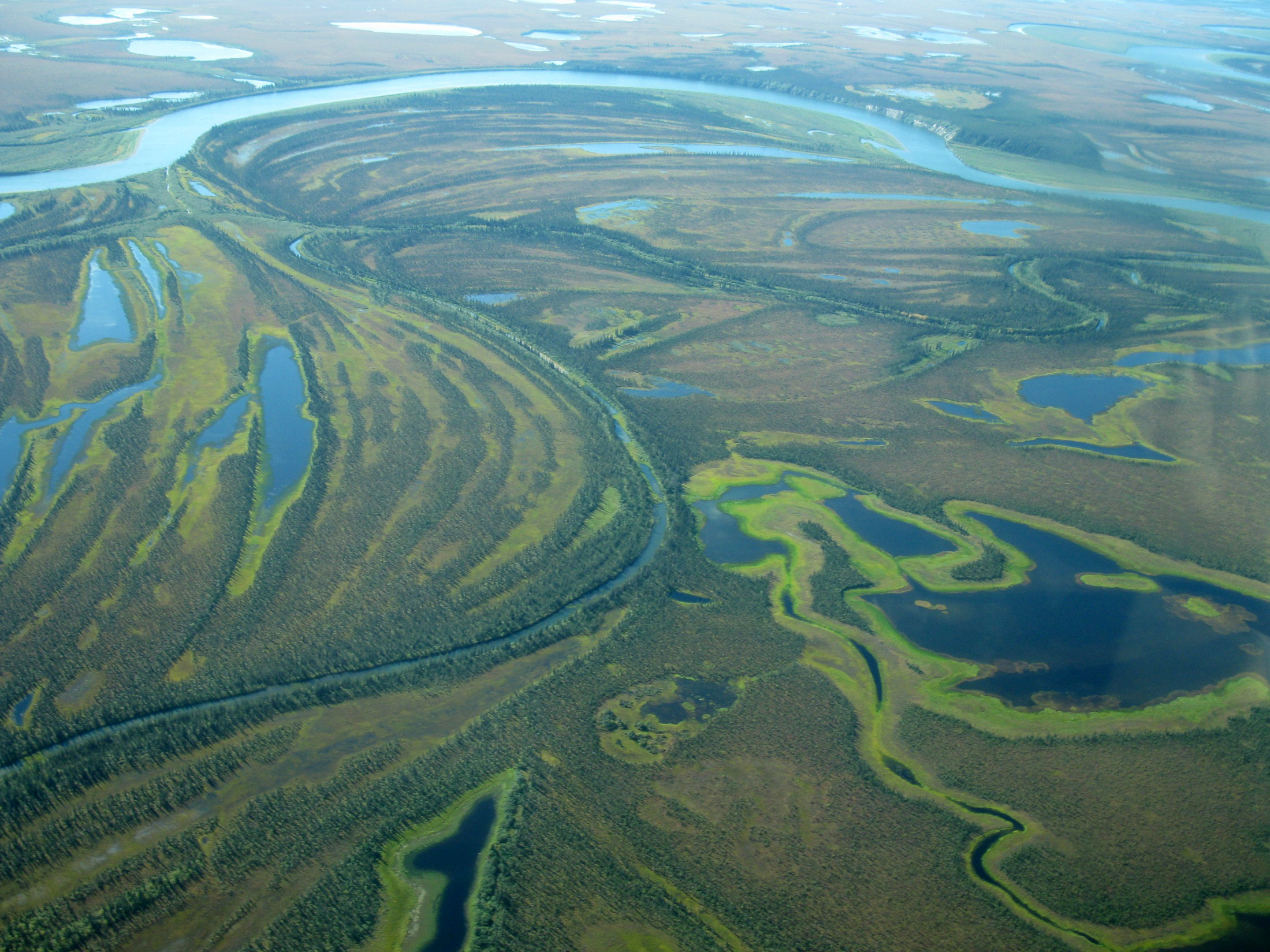
Completely roadless and rarely visited, Kobuk Valley is one of the least accessible—and most ethereal—national parks in the U.S. Home to massive sand dunes, glacial valleys, and caribou migration paths, it’s a dream for wilderness purists. The Great Kobuk Sand Dunes rise unexpectedly from the Arctic tundra like a mirage, while the Kobuk River winds silently through ancient terrain. With no trails or visitor centers, this park requires planning and courage—but rewards with silence, scale, and solitude unlike anywhere else in the world.
The beauty of America’s national parks doesn’t end with the marquee names. In fact, it often begins just beyond them—in the stillness of glacier-fed lakes, in the whisper of canyon winds, in parks that don’t clamor for attention but quietly earn it. These 31 underrated national parks aren’t just scenic—they’re sacred. They offer room to breathe, space to wonder, and the kind of solitude that rewires your sense of time. Whether it’s volcanic moonscapes, remote Arctic dunes, or jungled waterfalls, each one proves that awe doesn’t require crowds. It only requires presence. So if your bucket list has been built around the bold and the busy, it might be time to look again—at the subtle, the serene, and the surprisingly spectacular.





